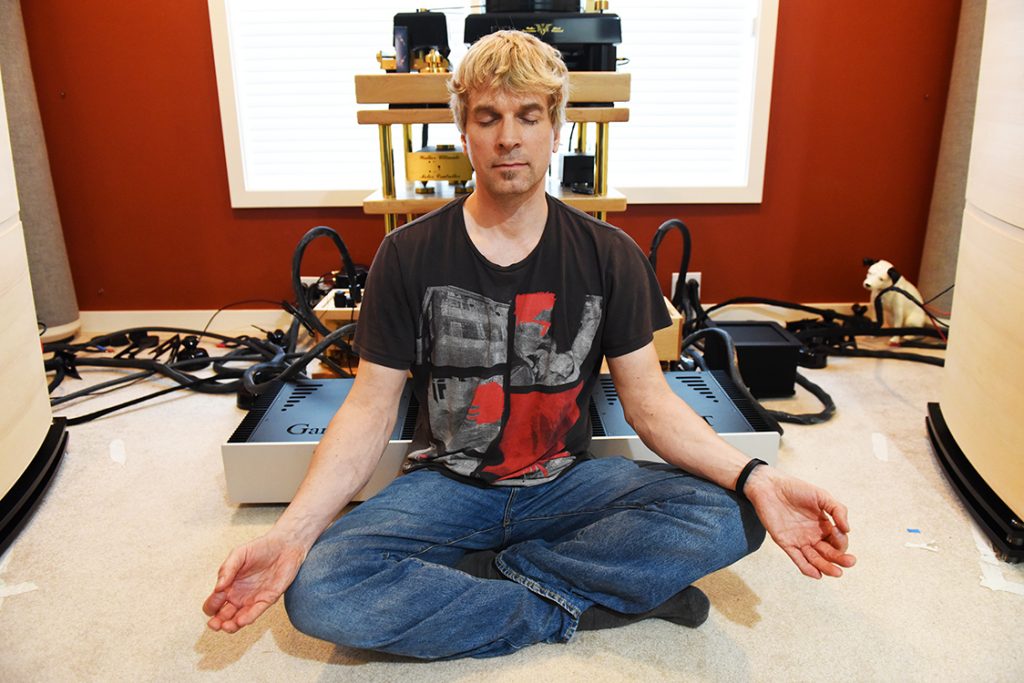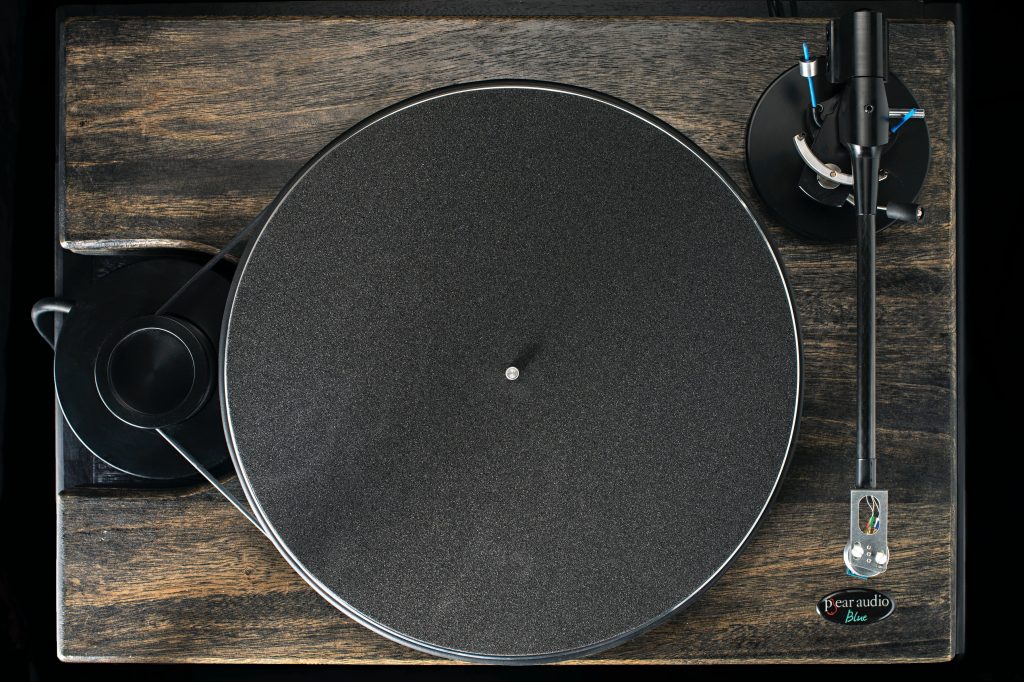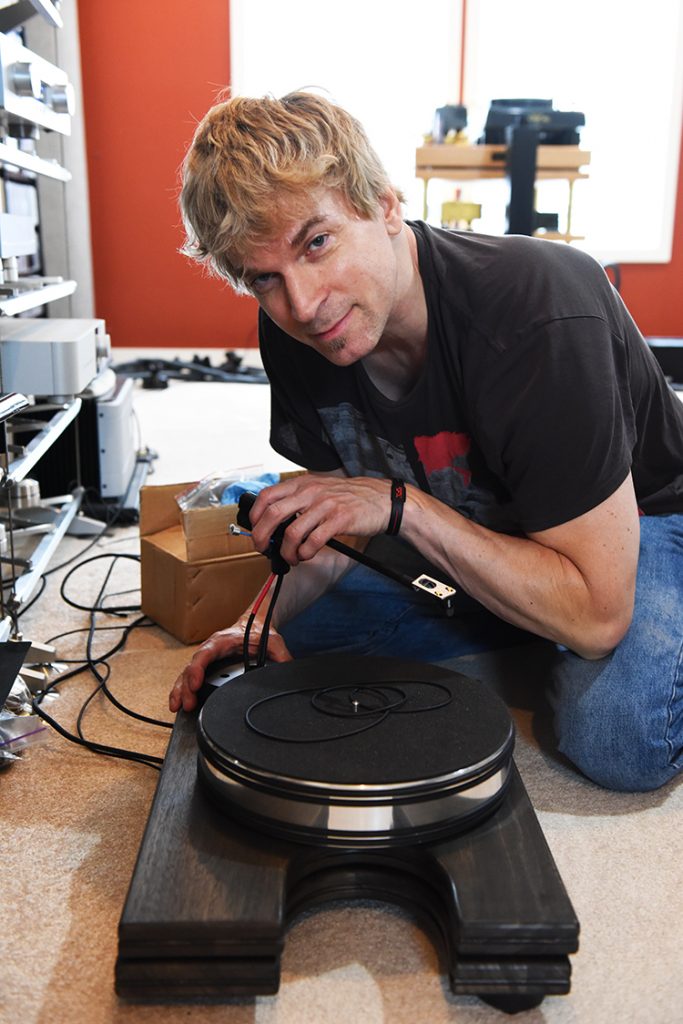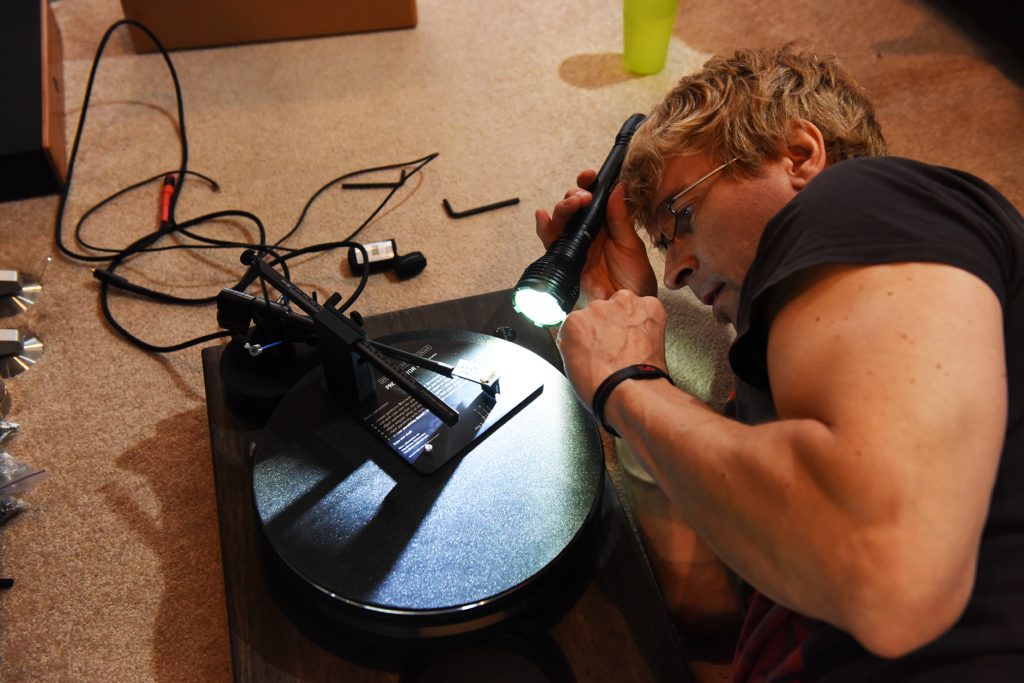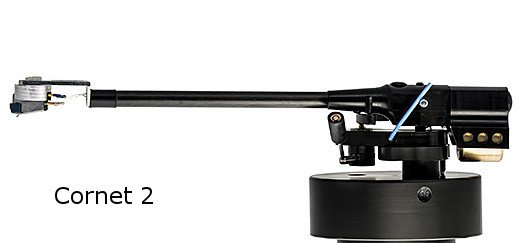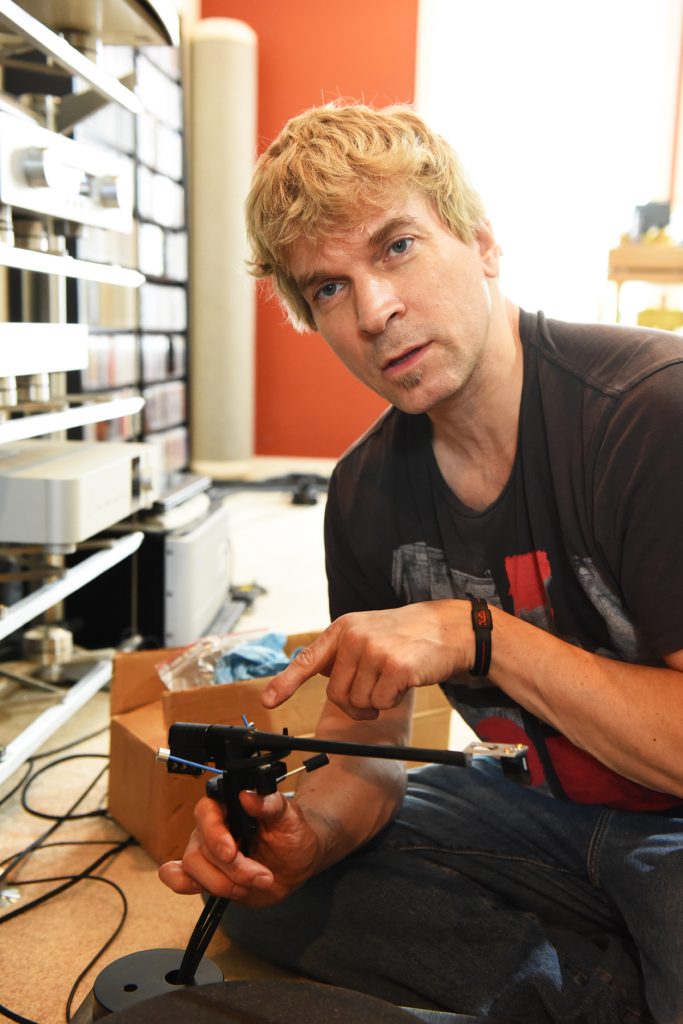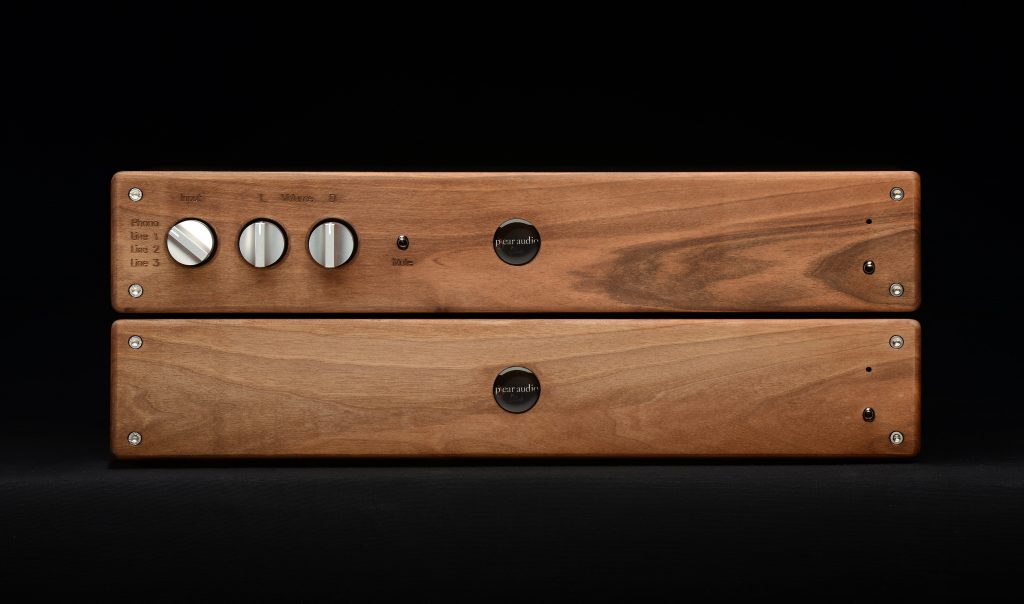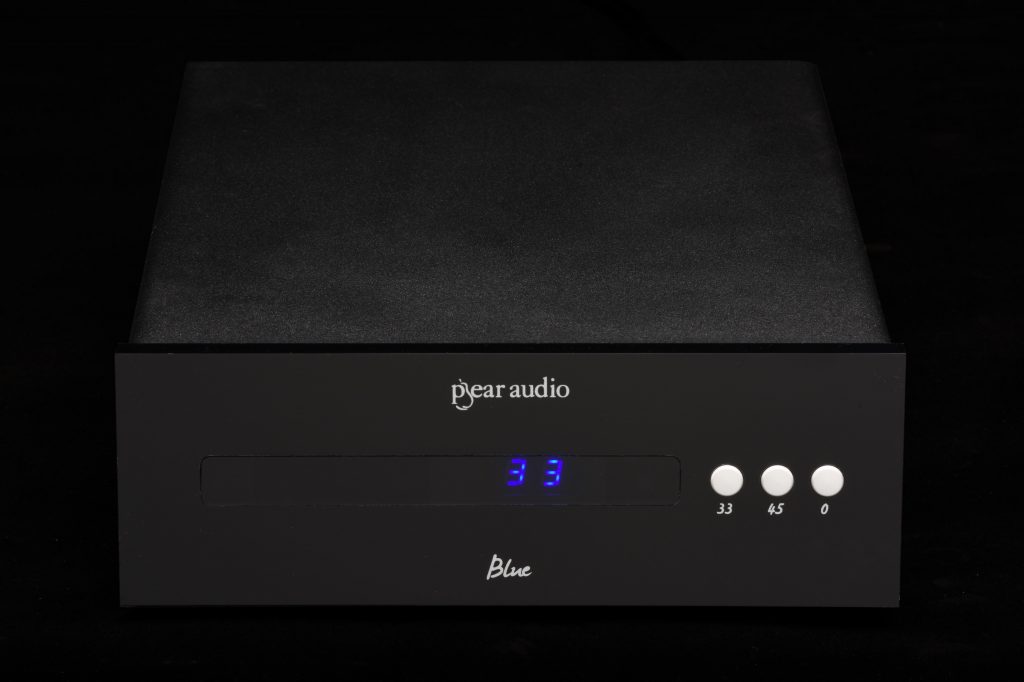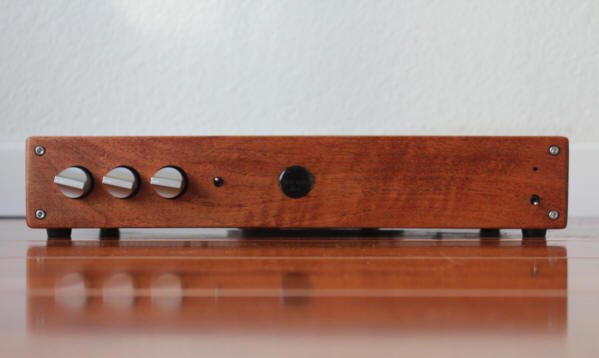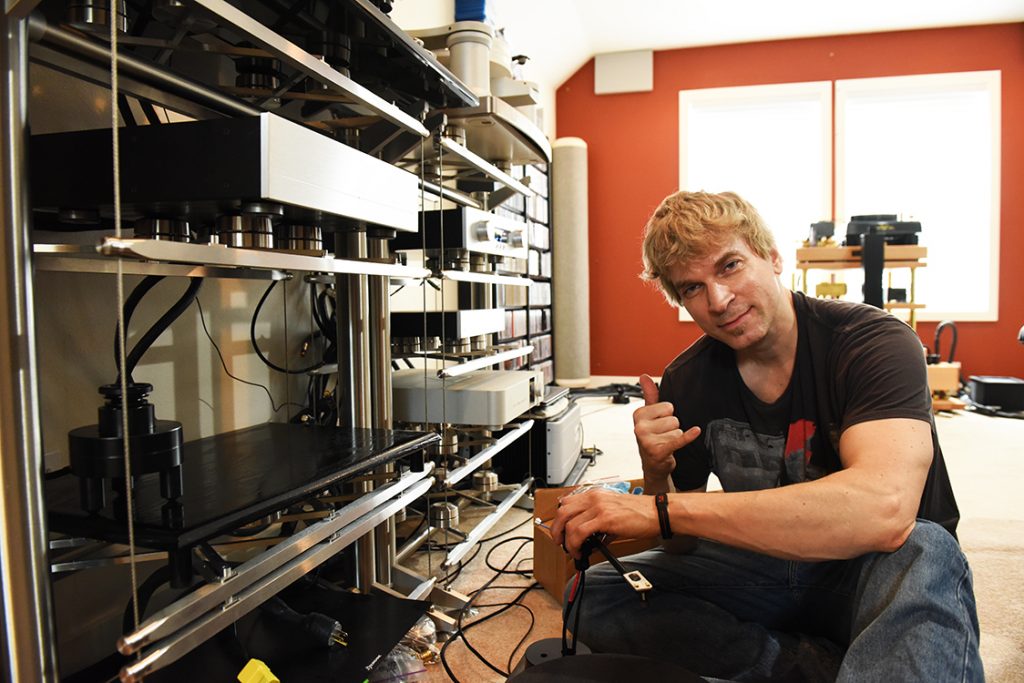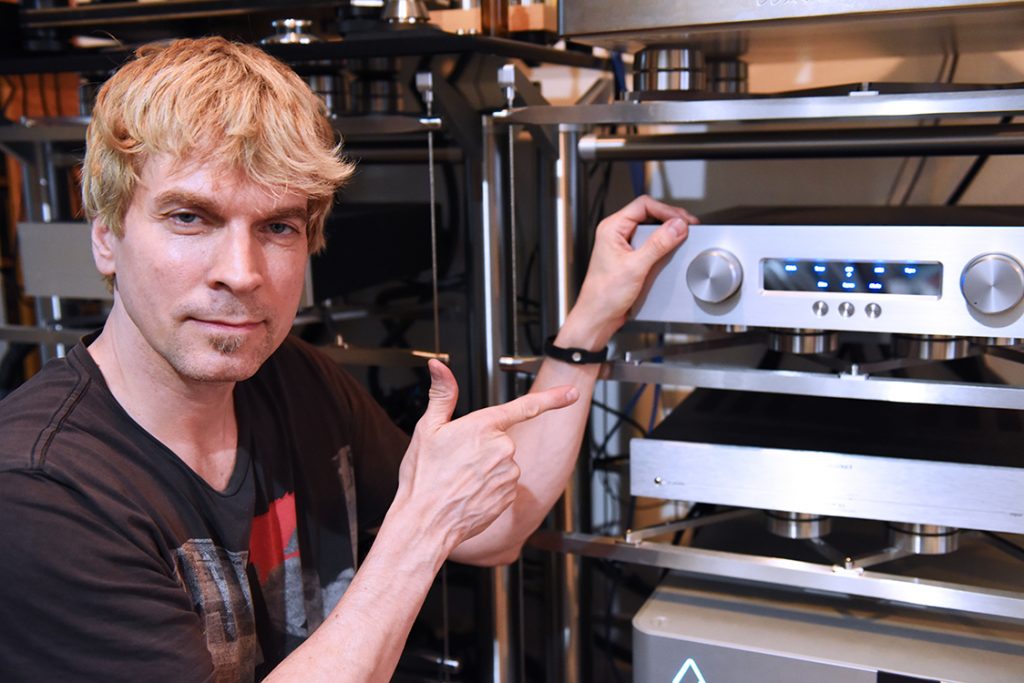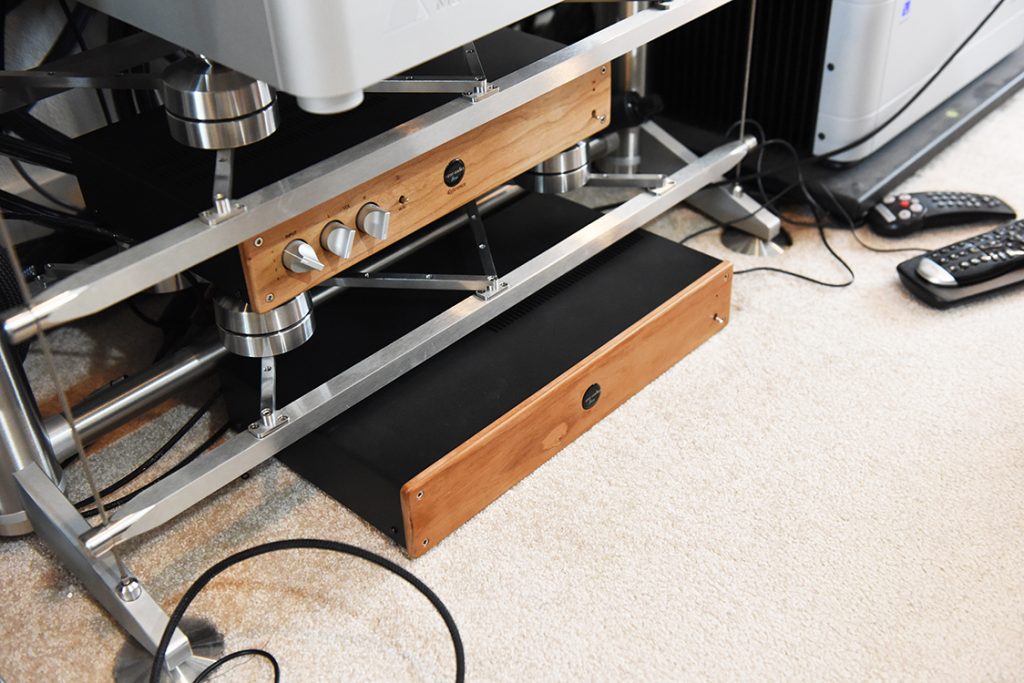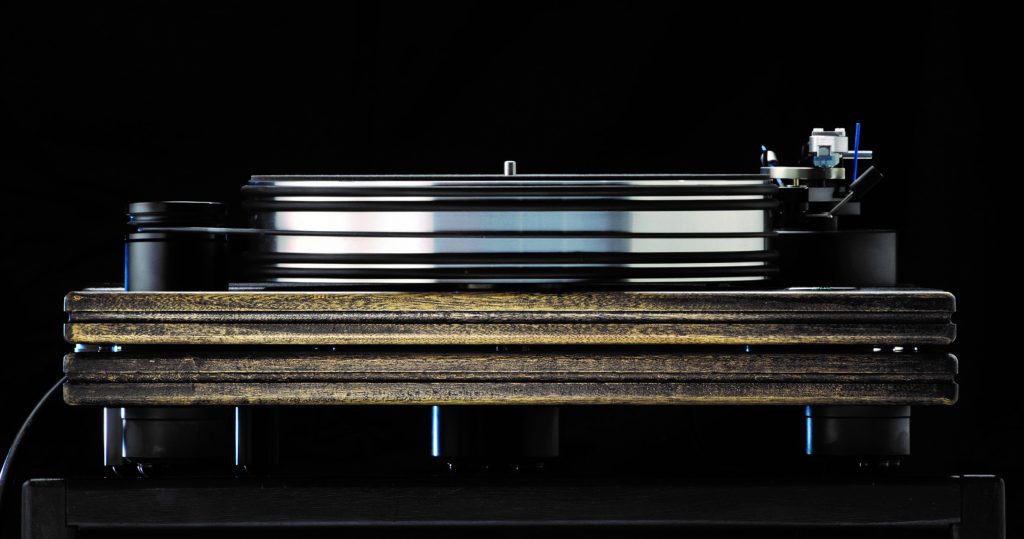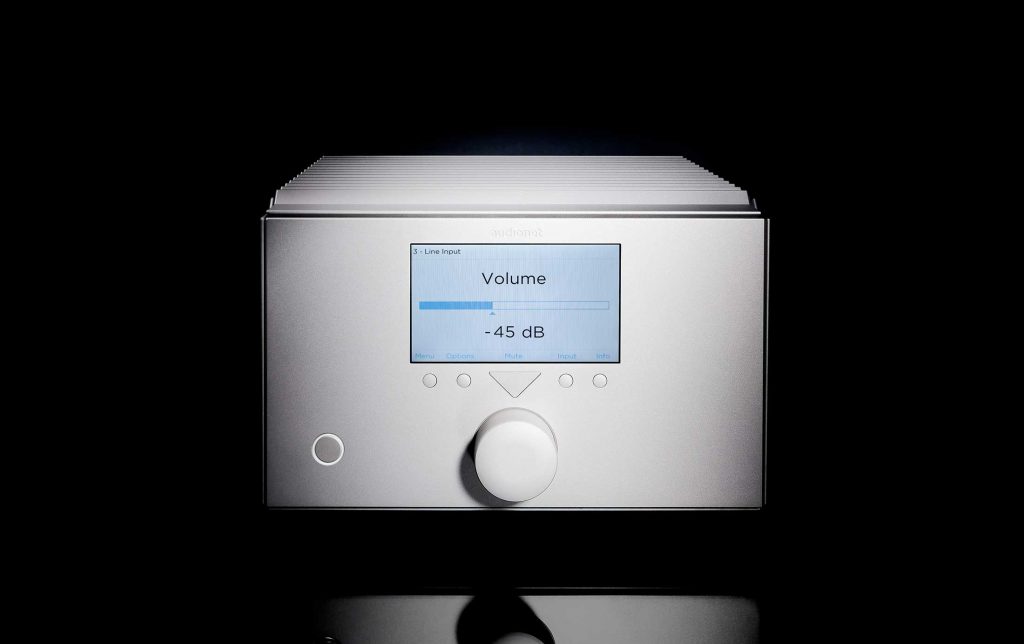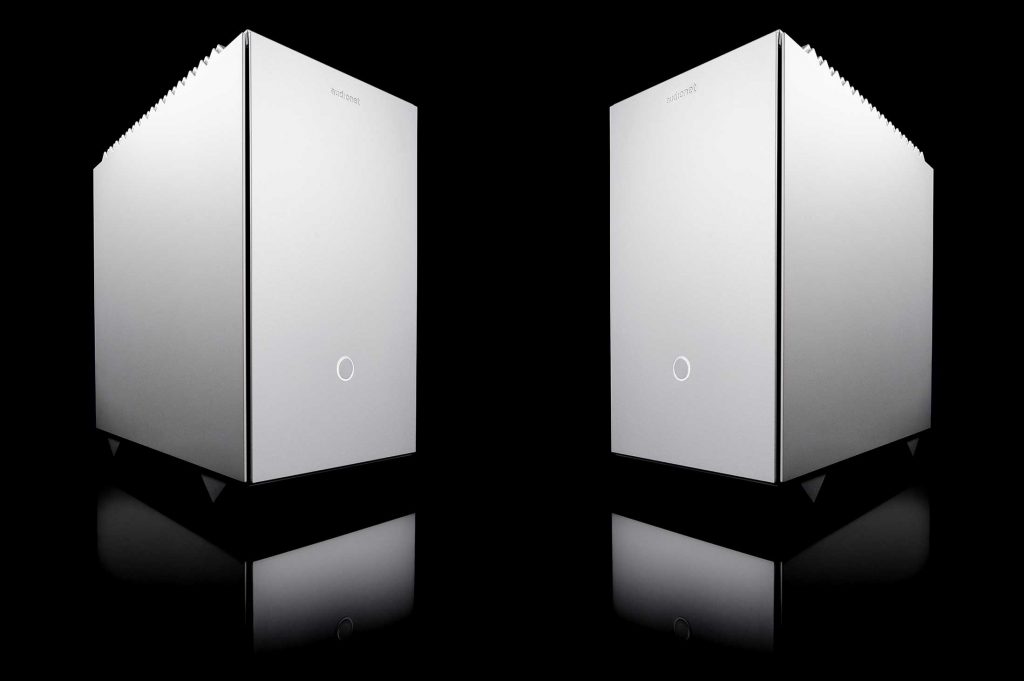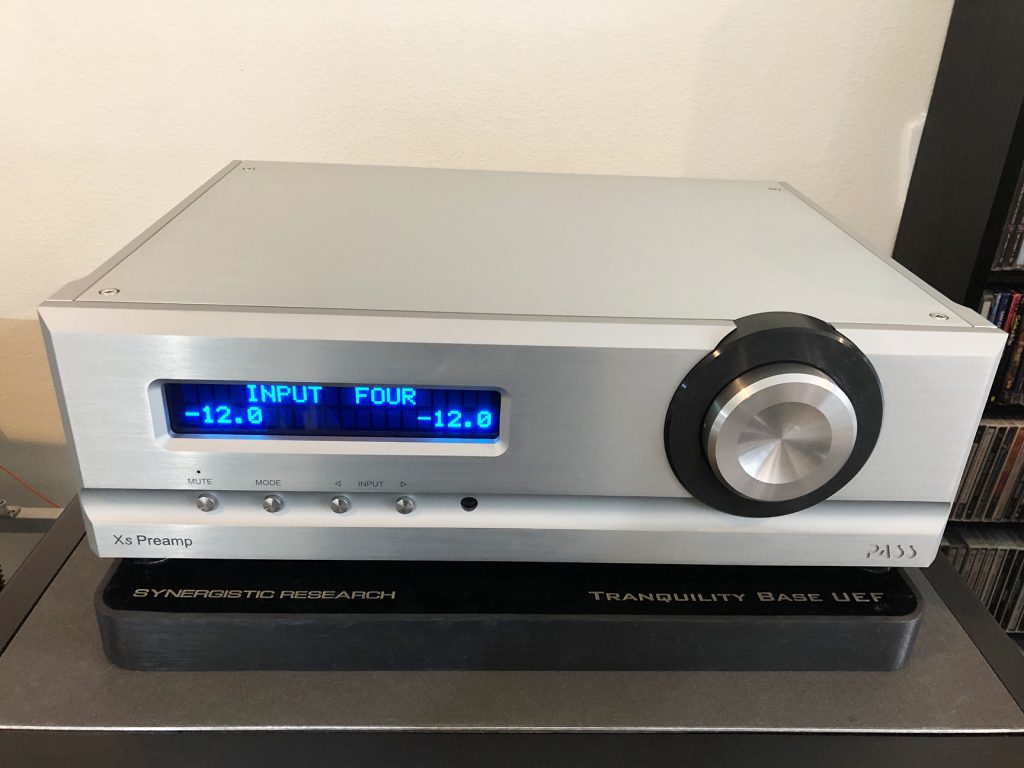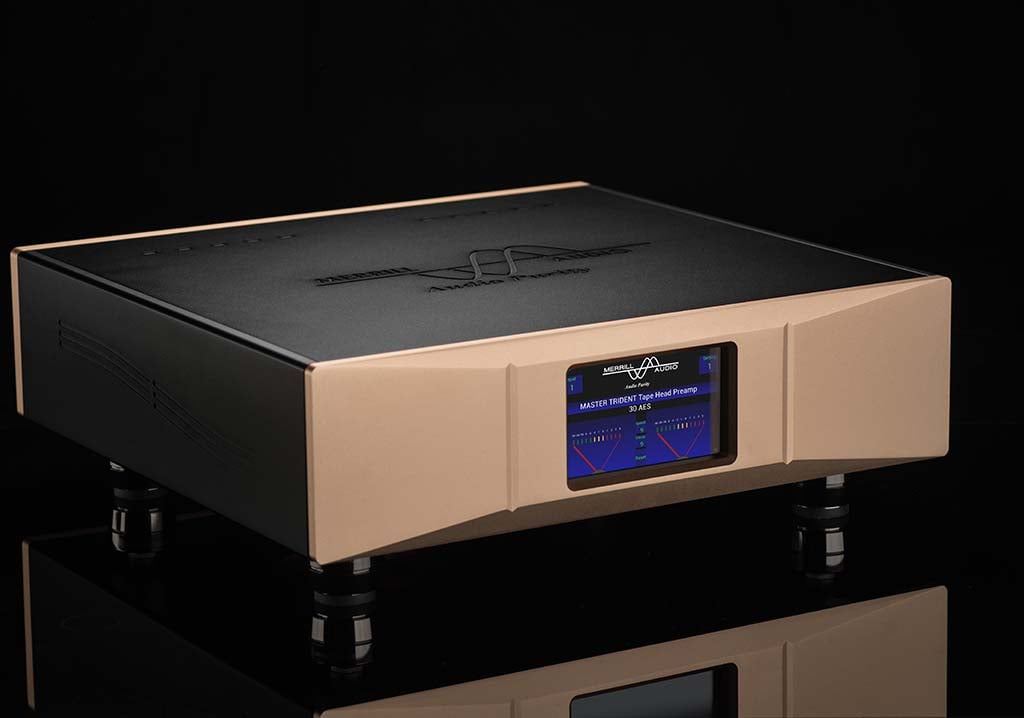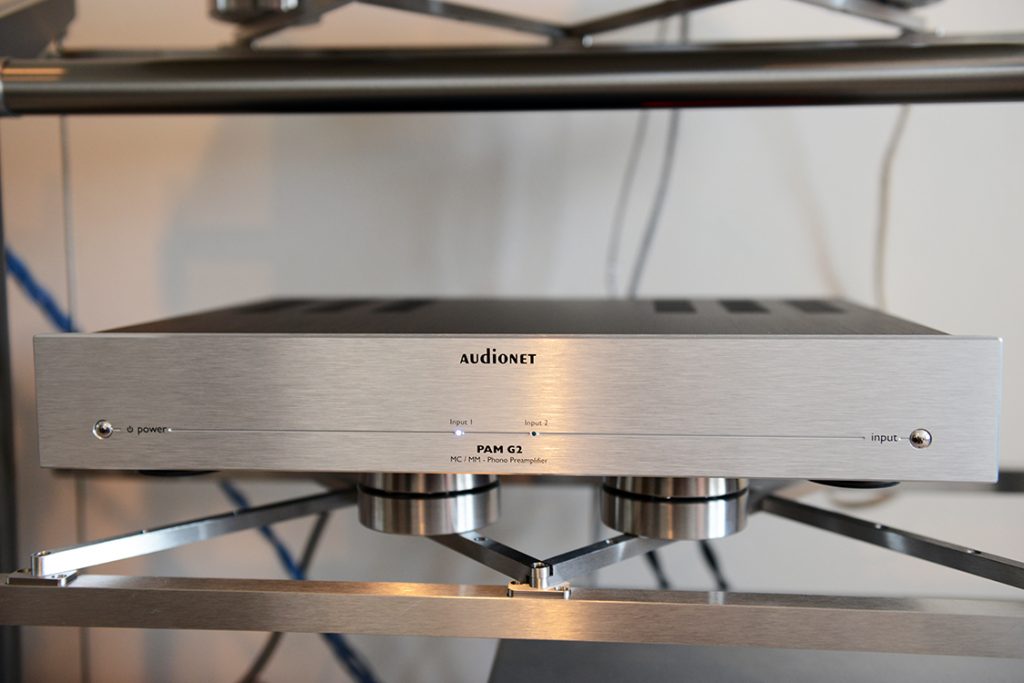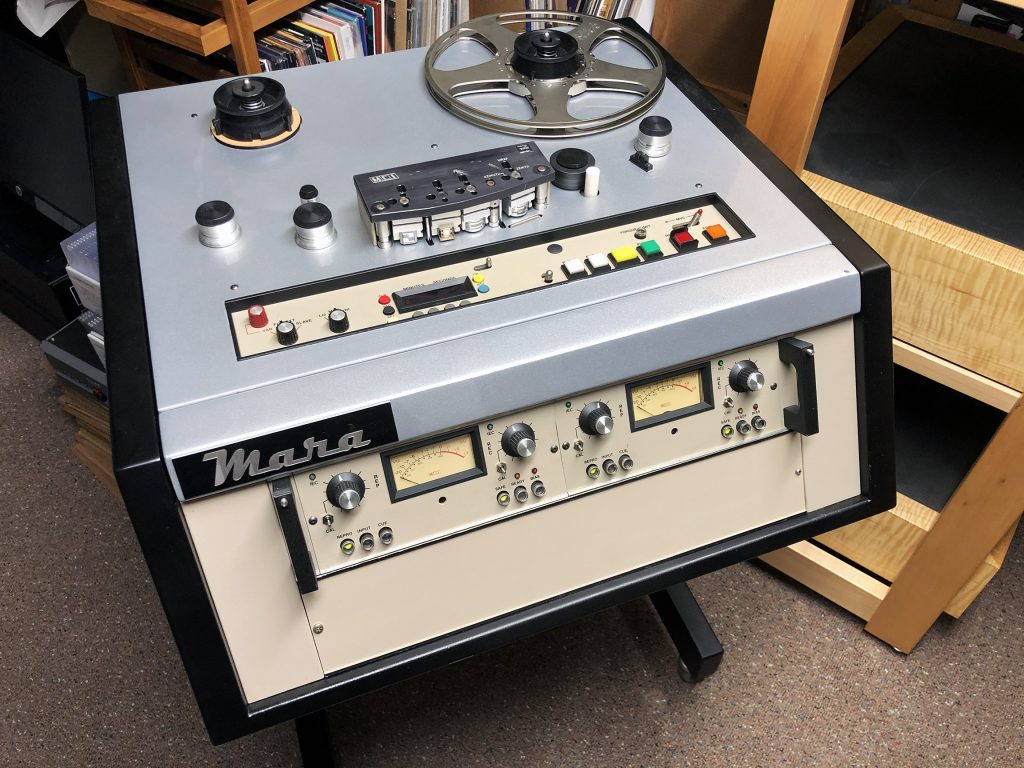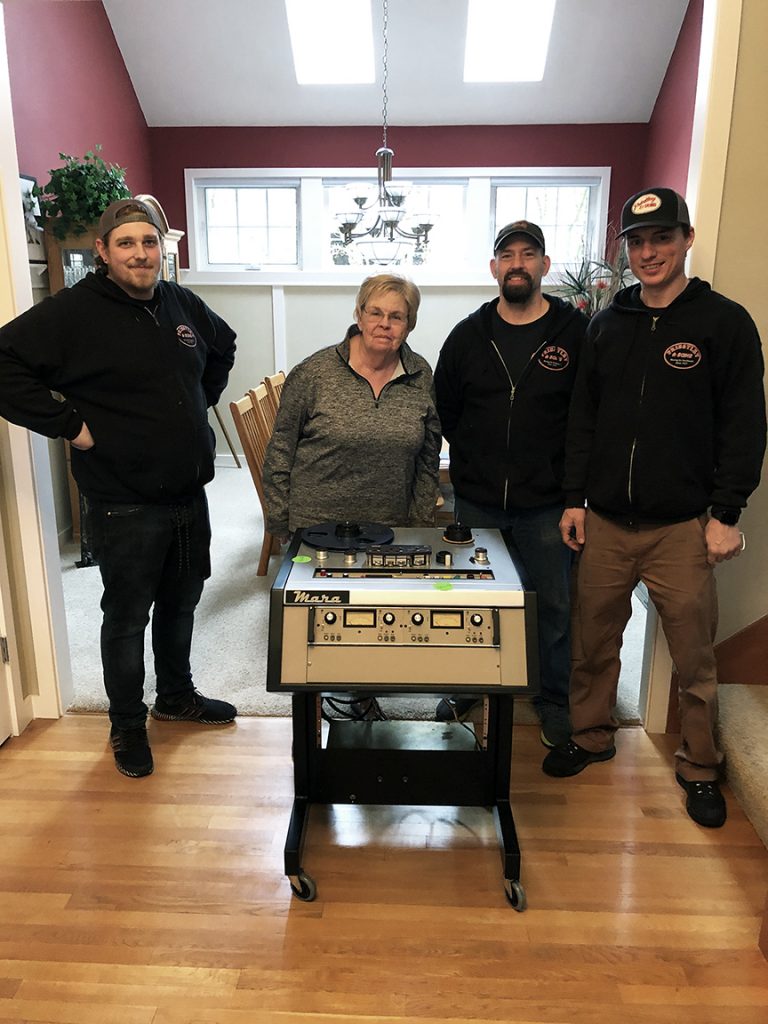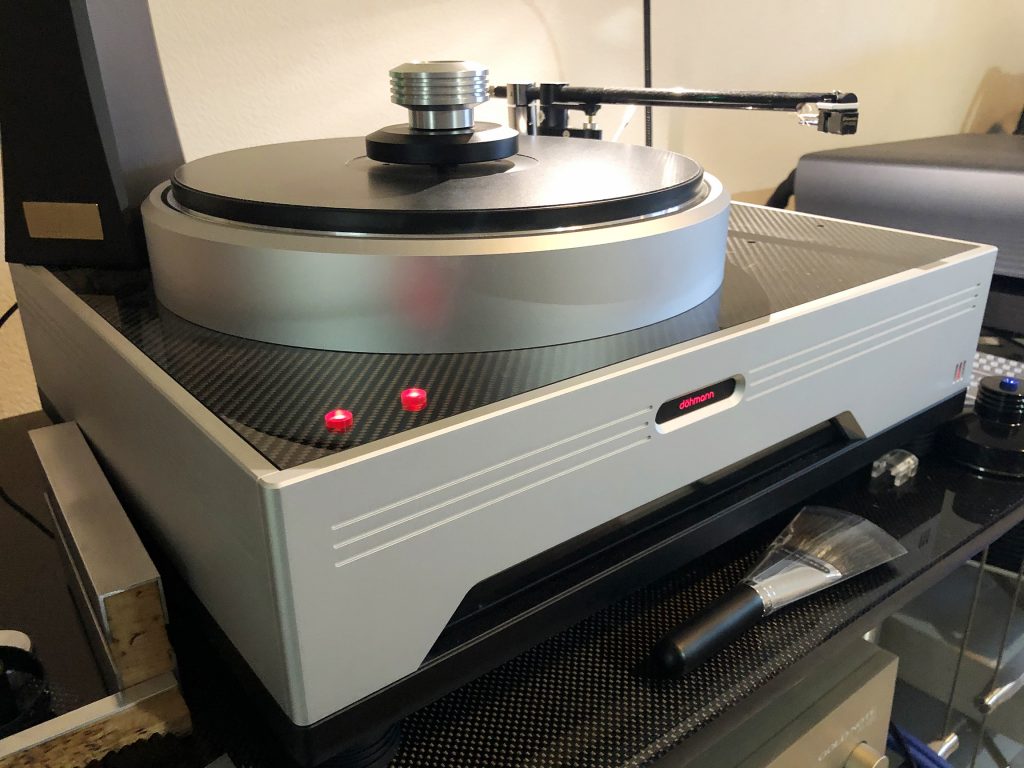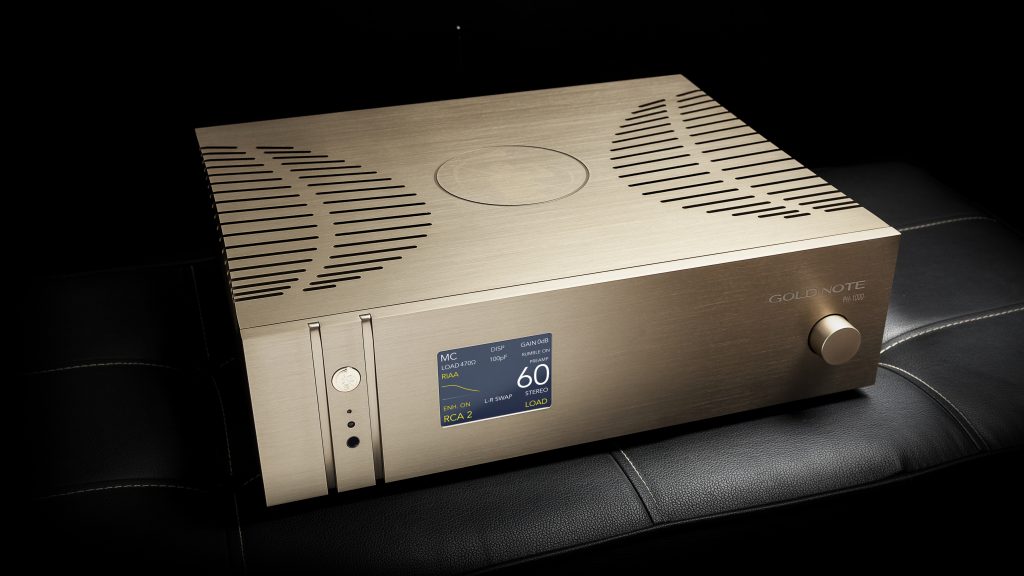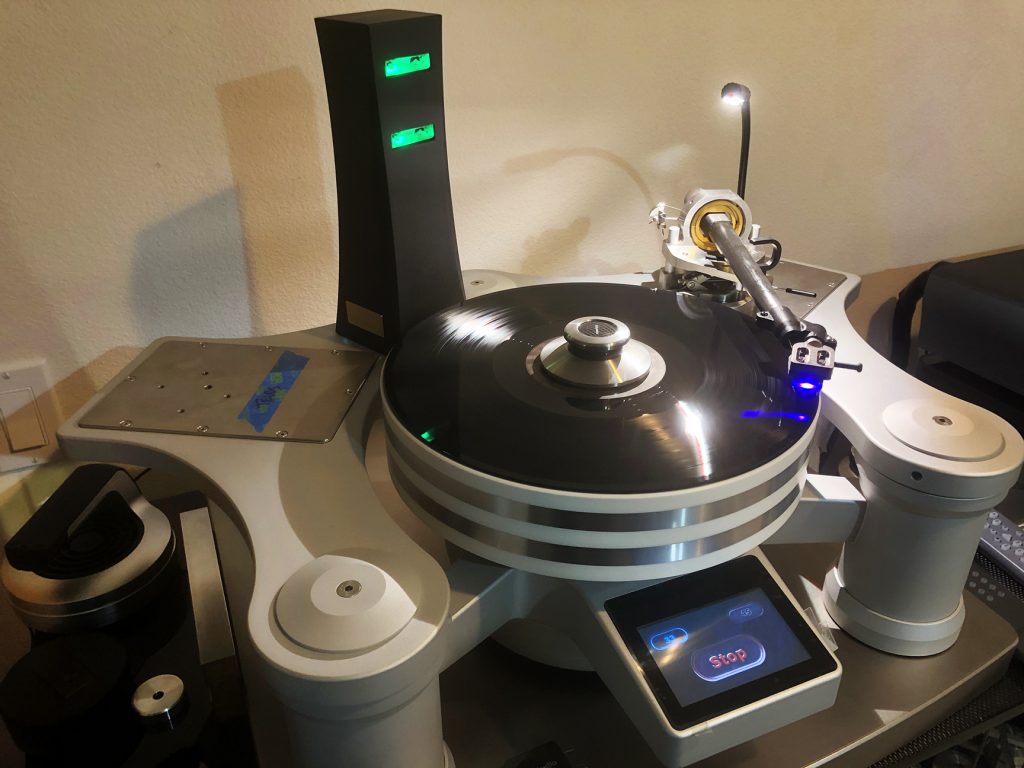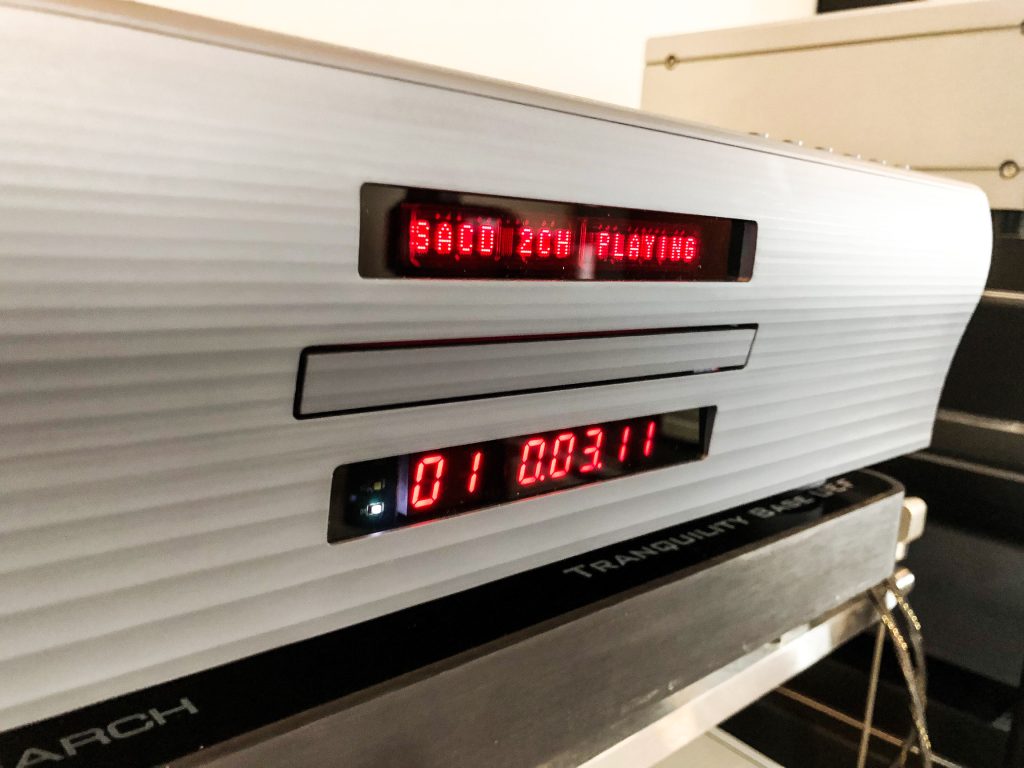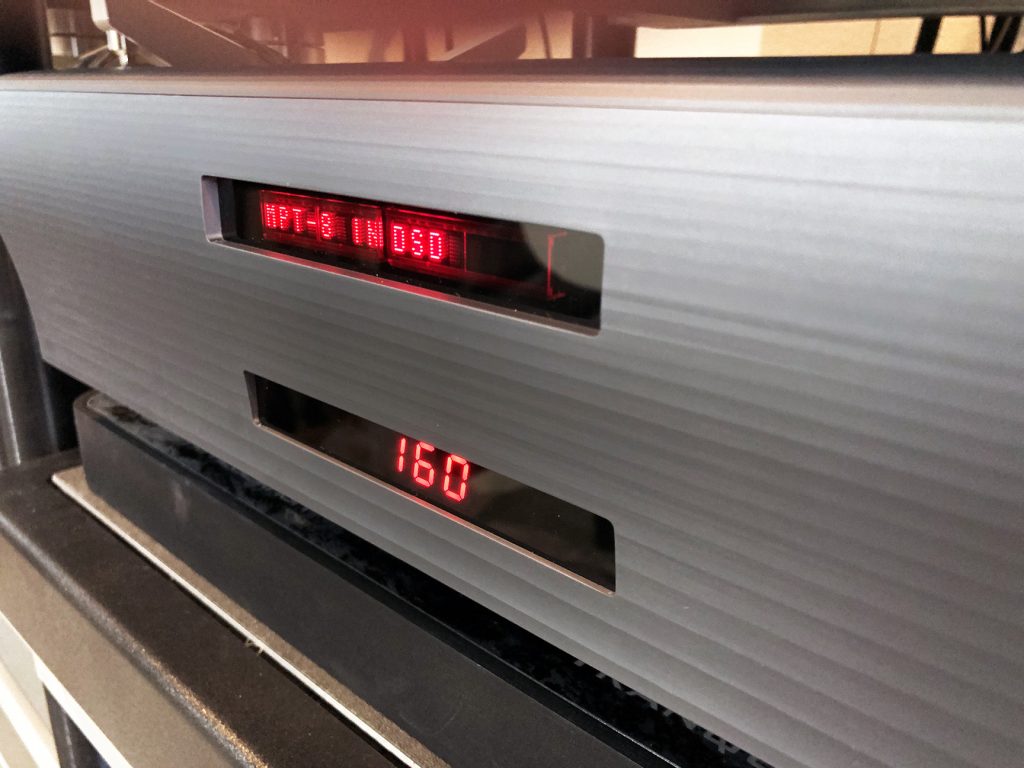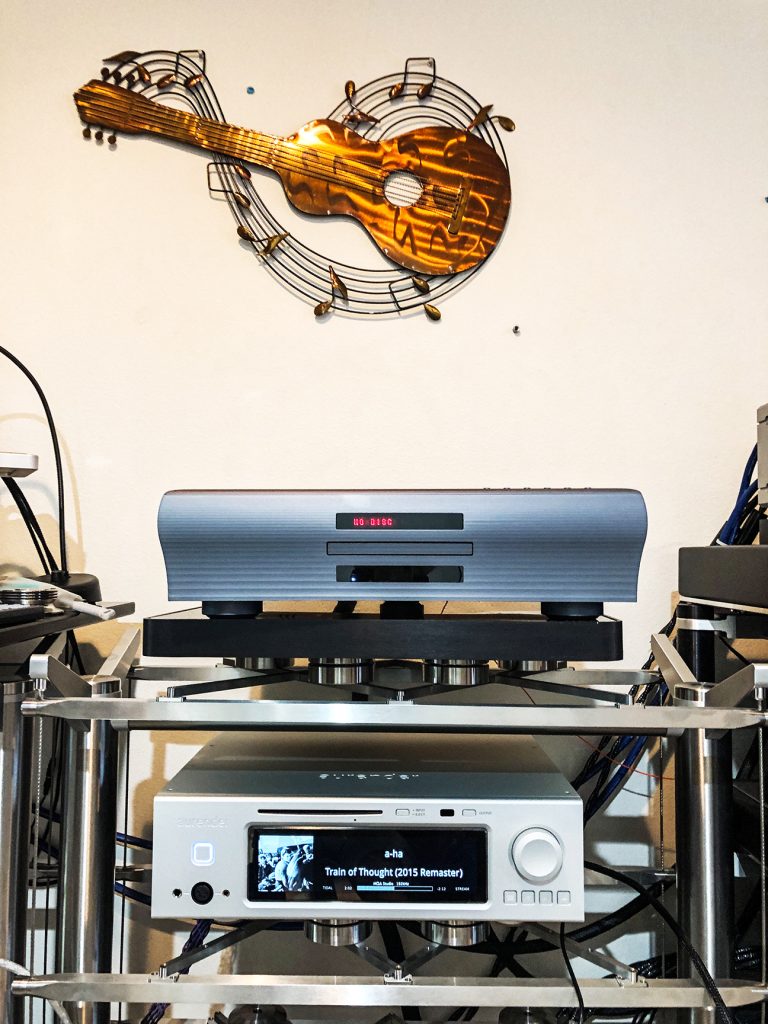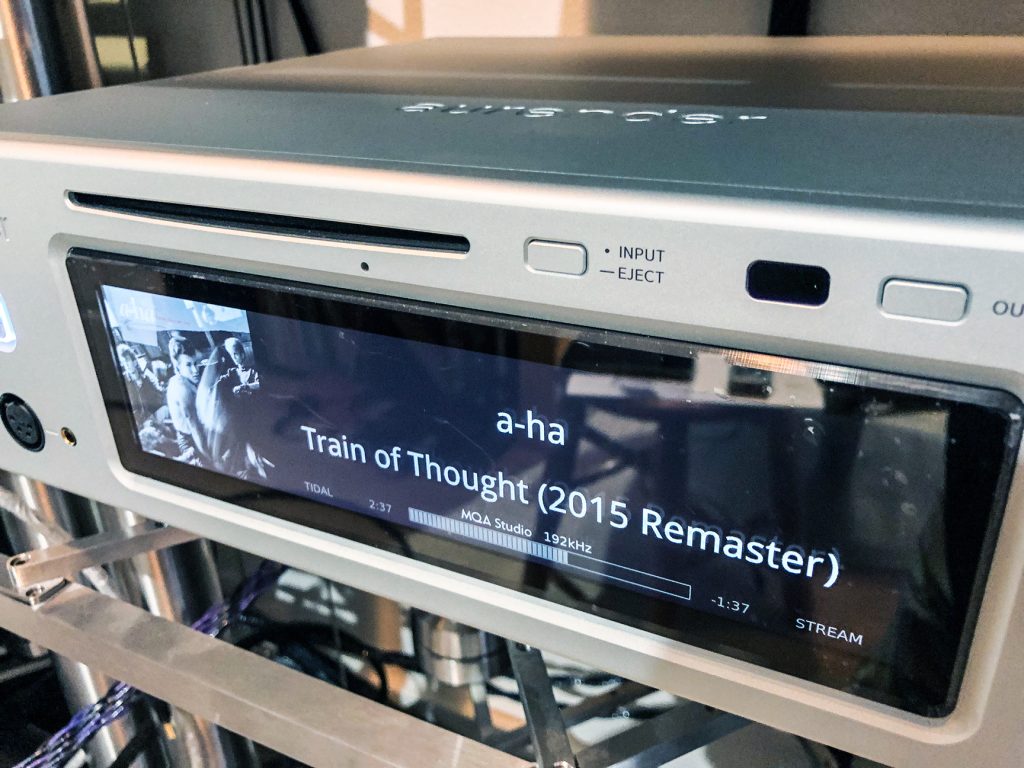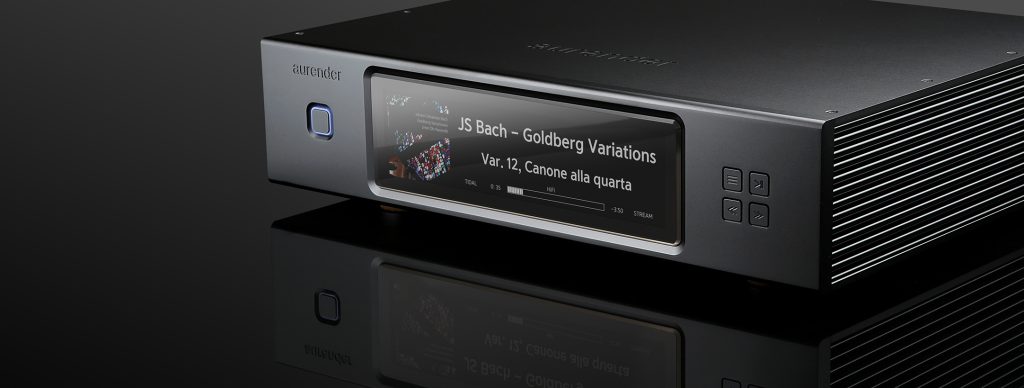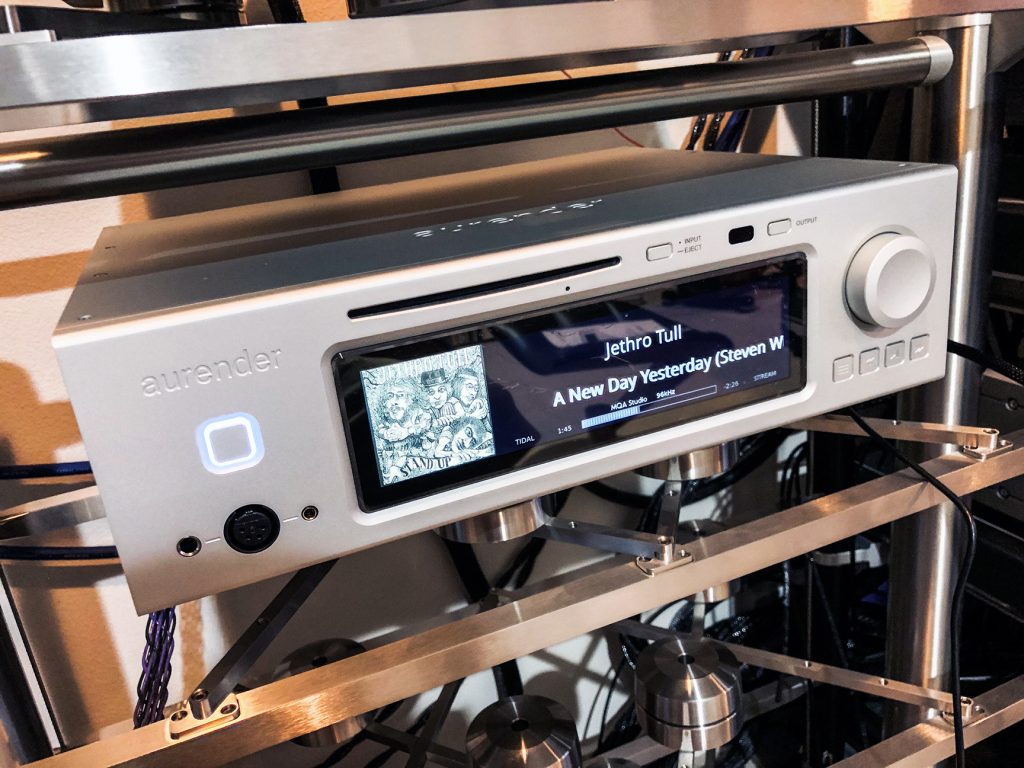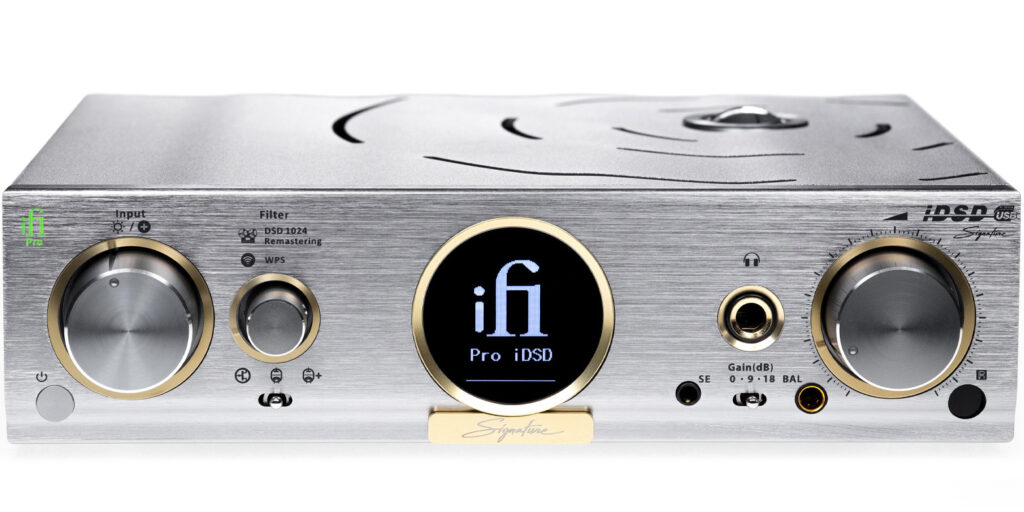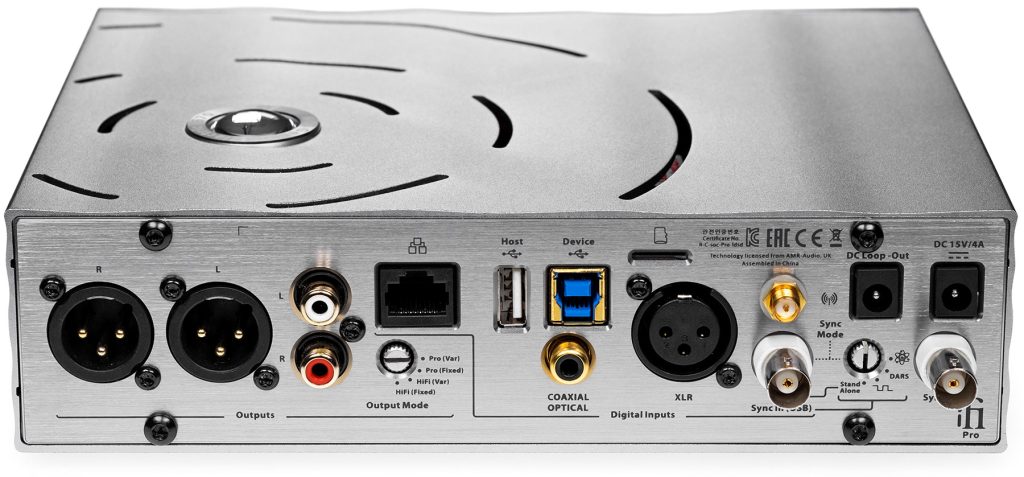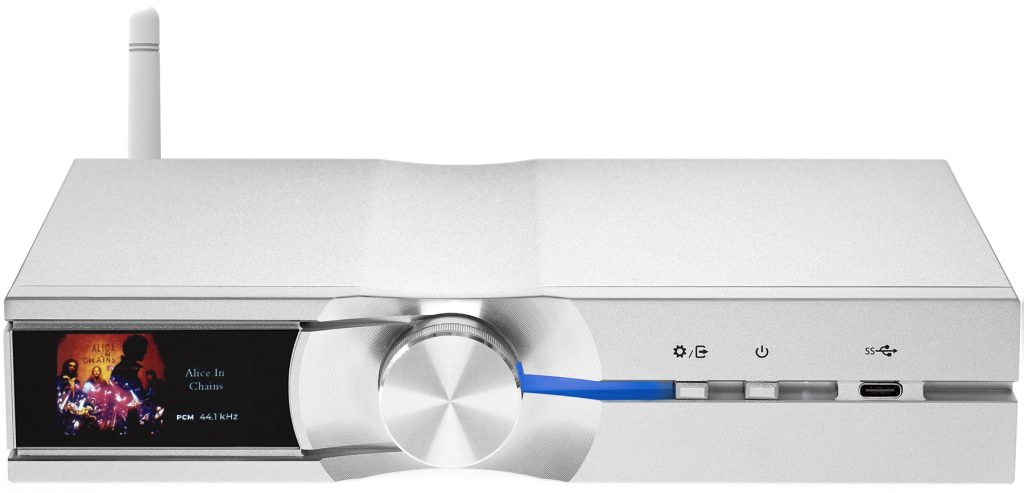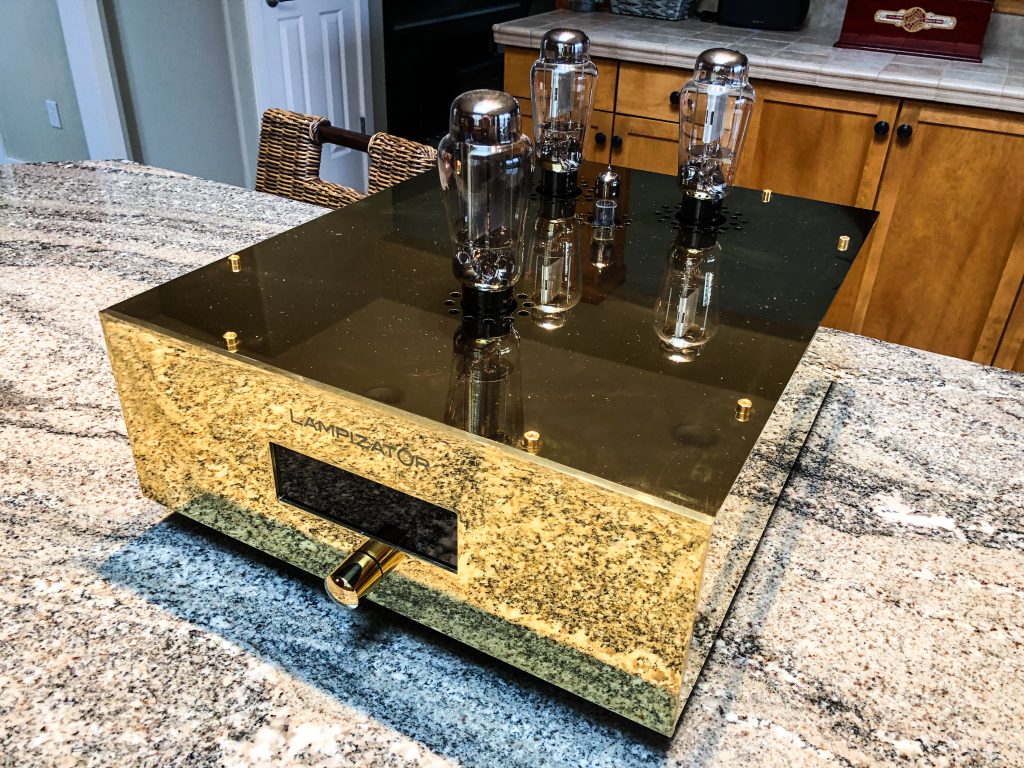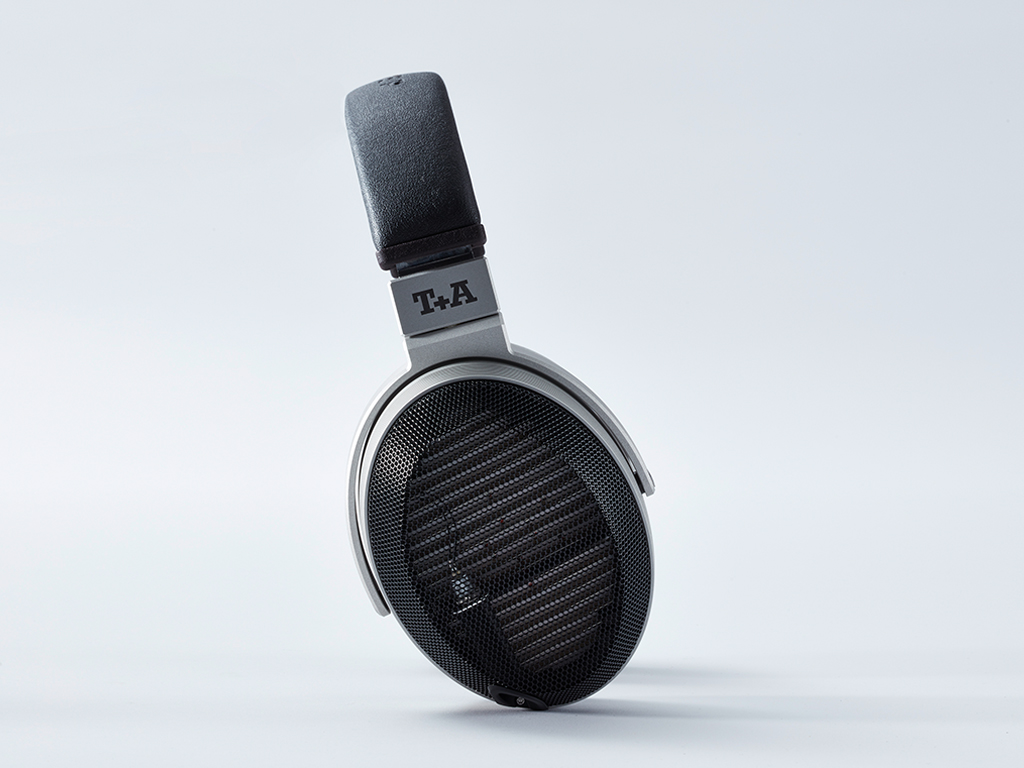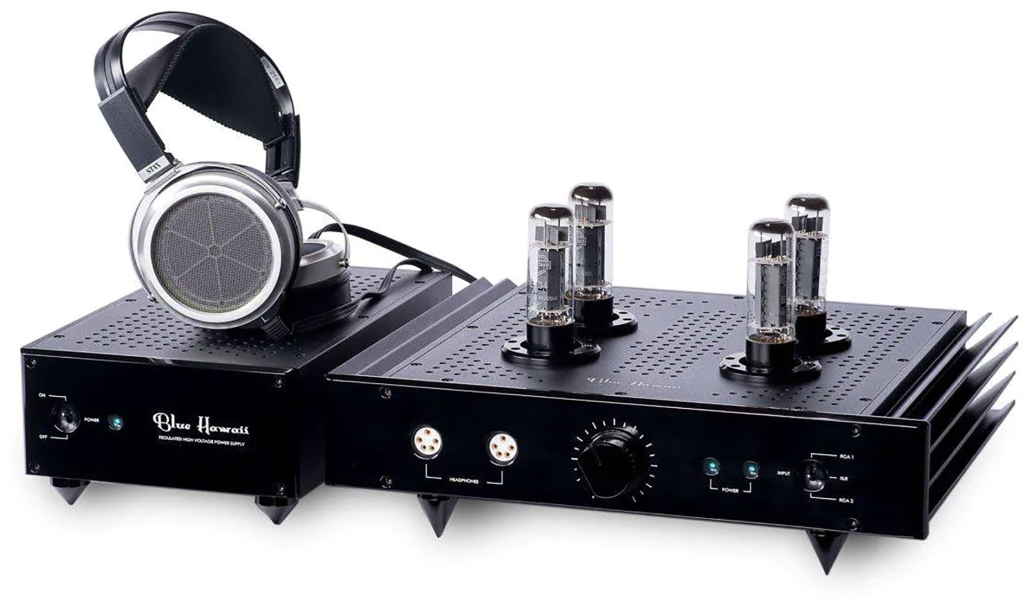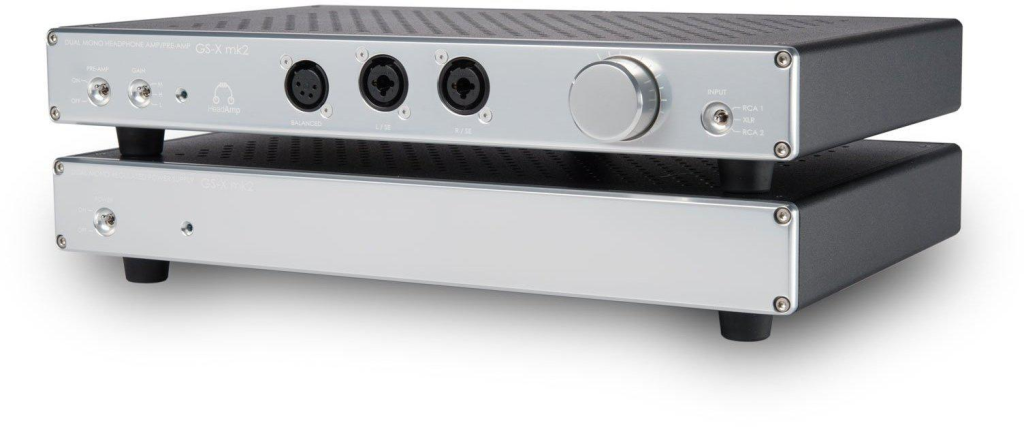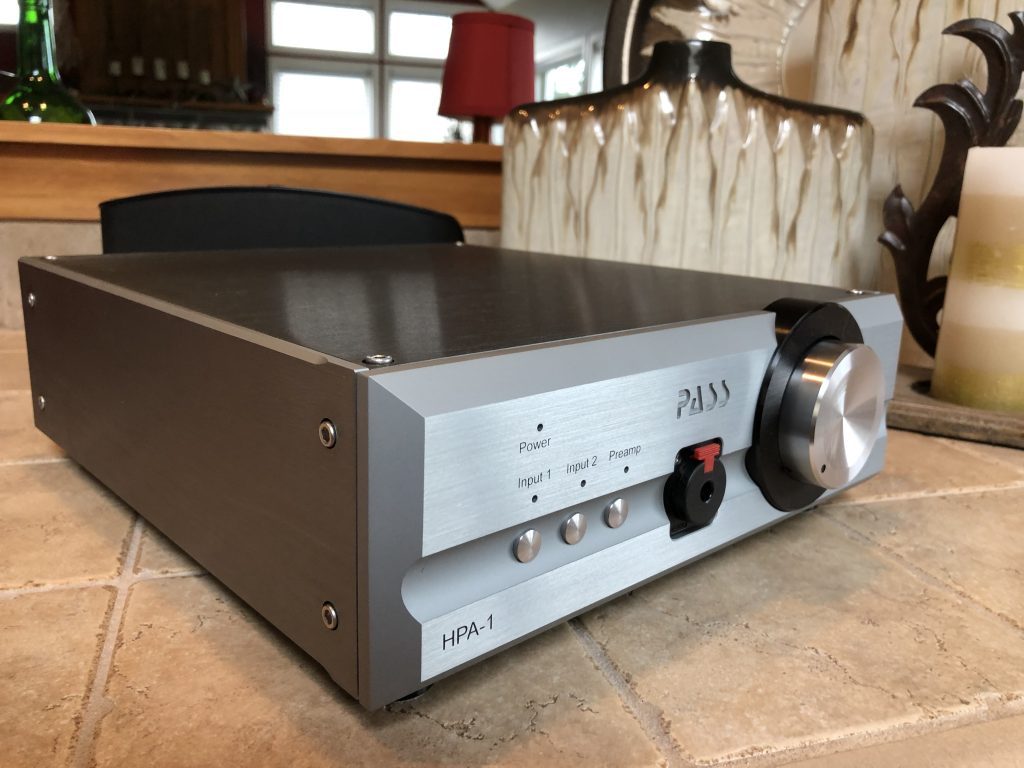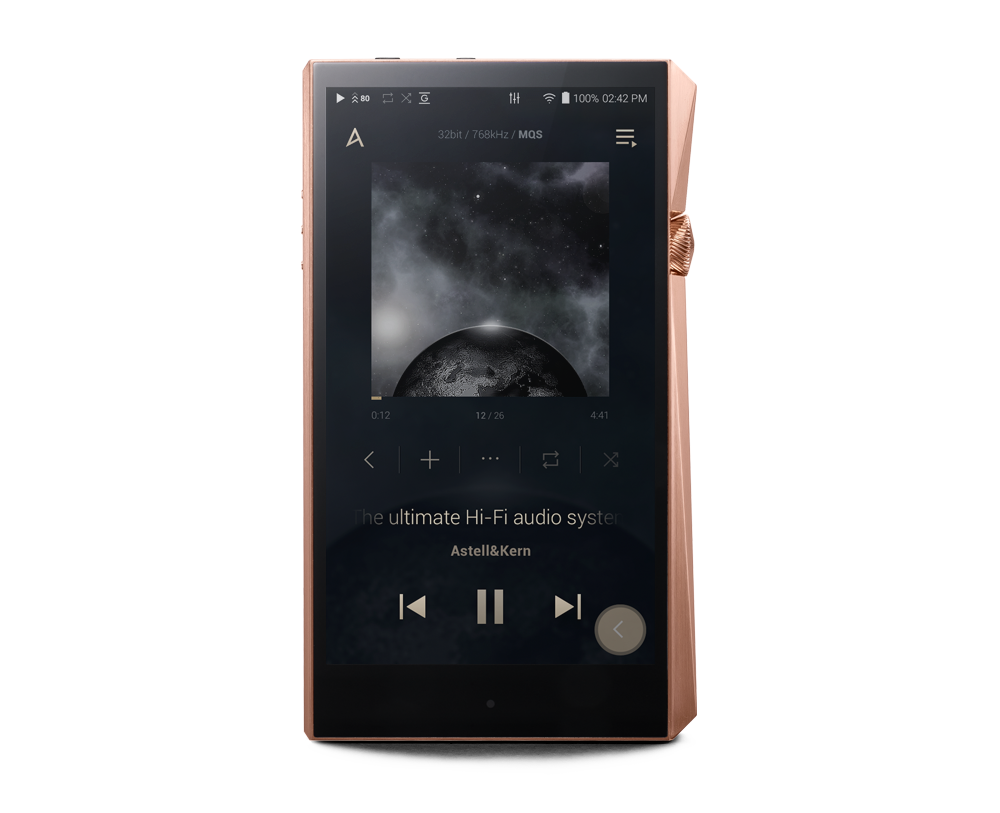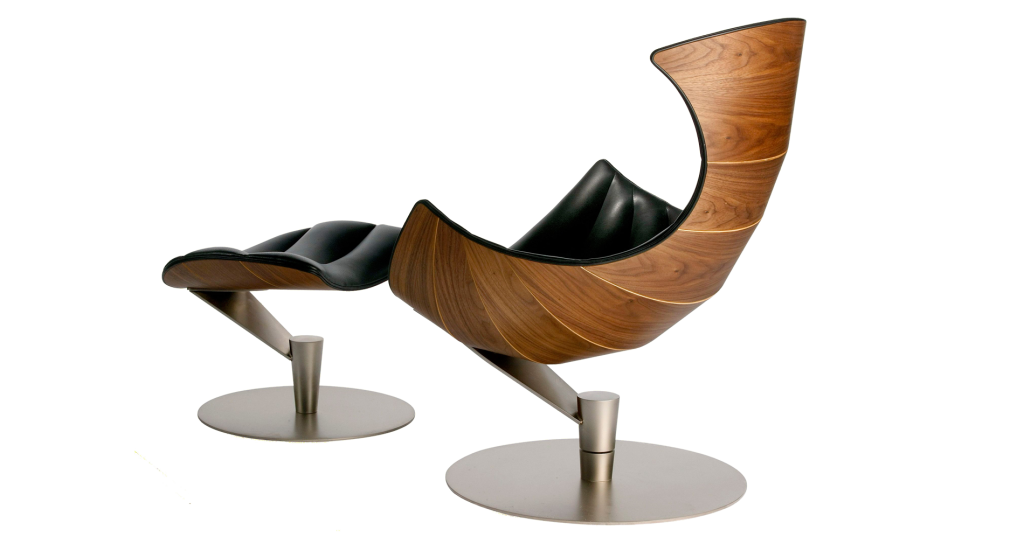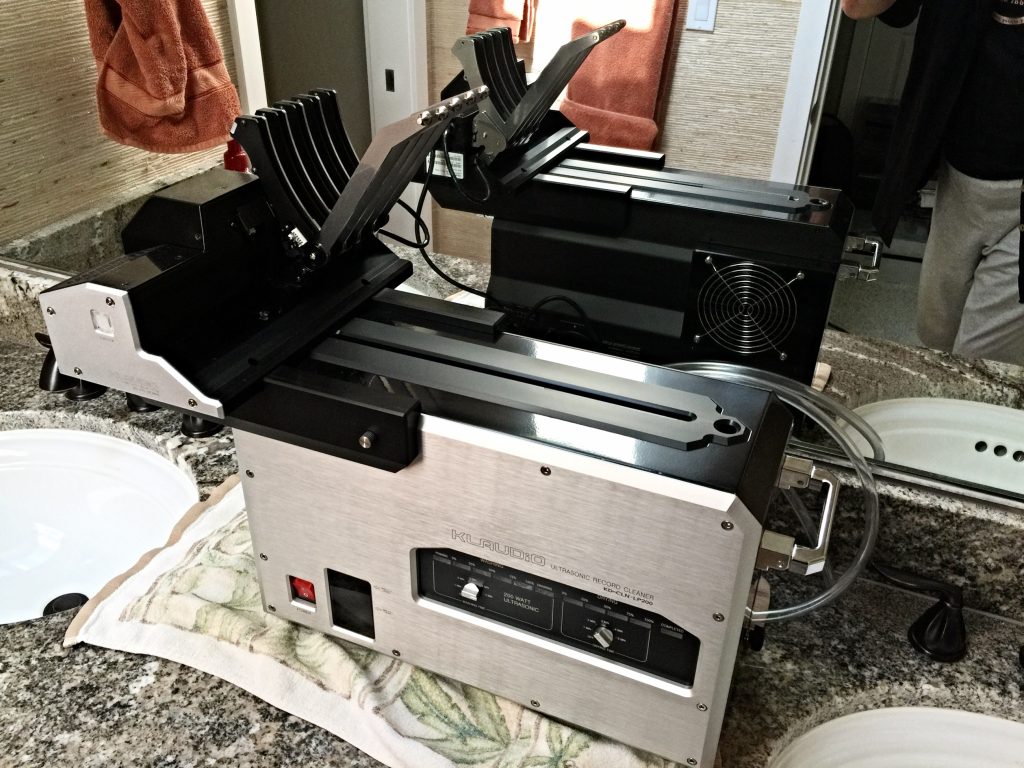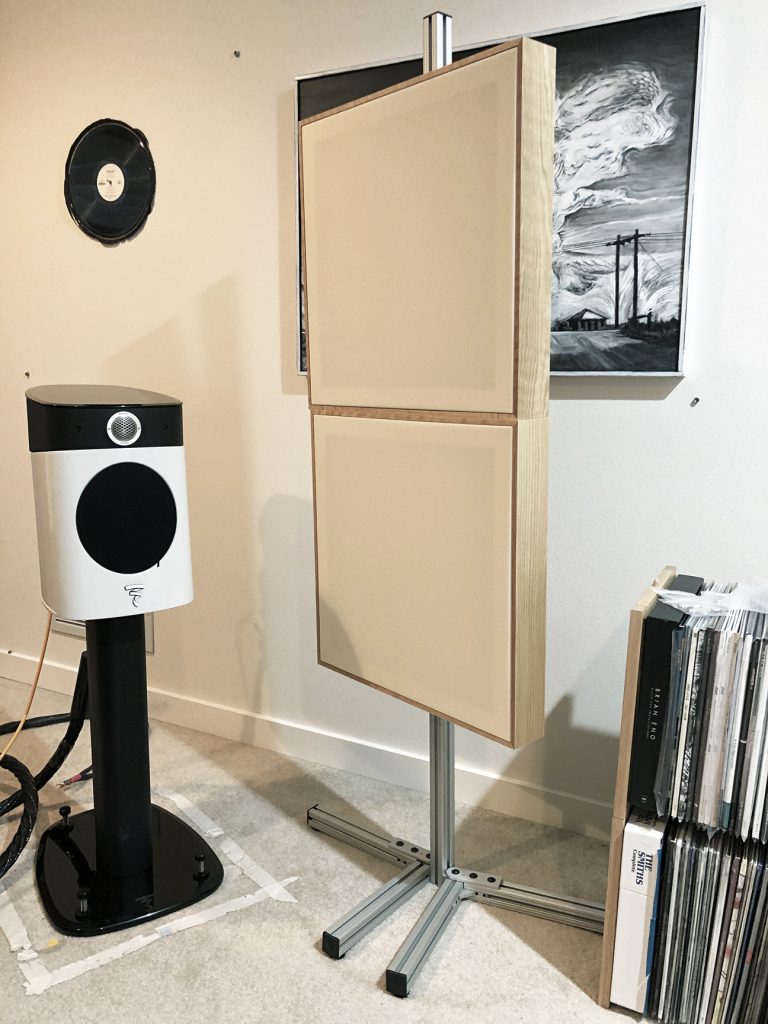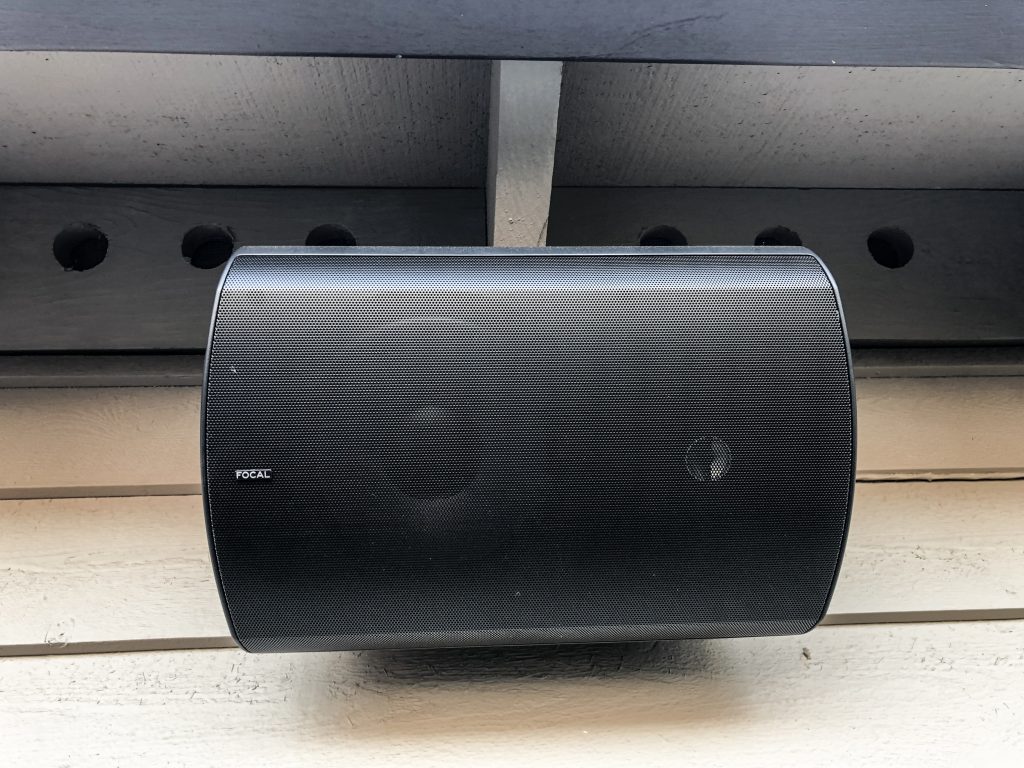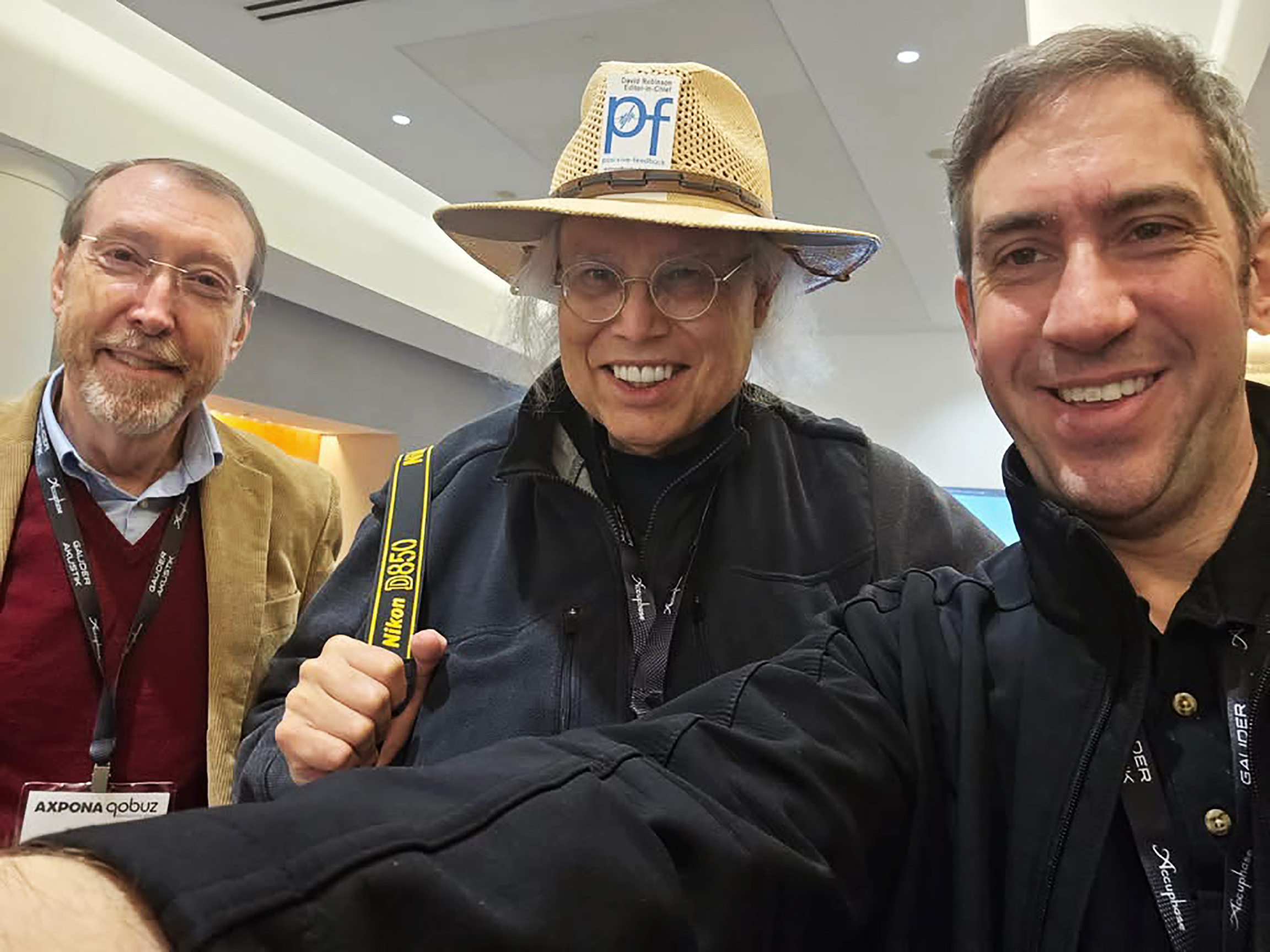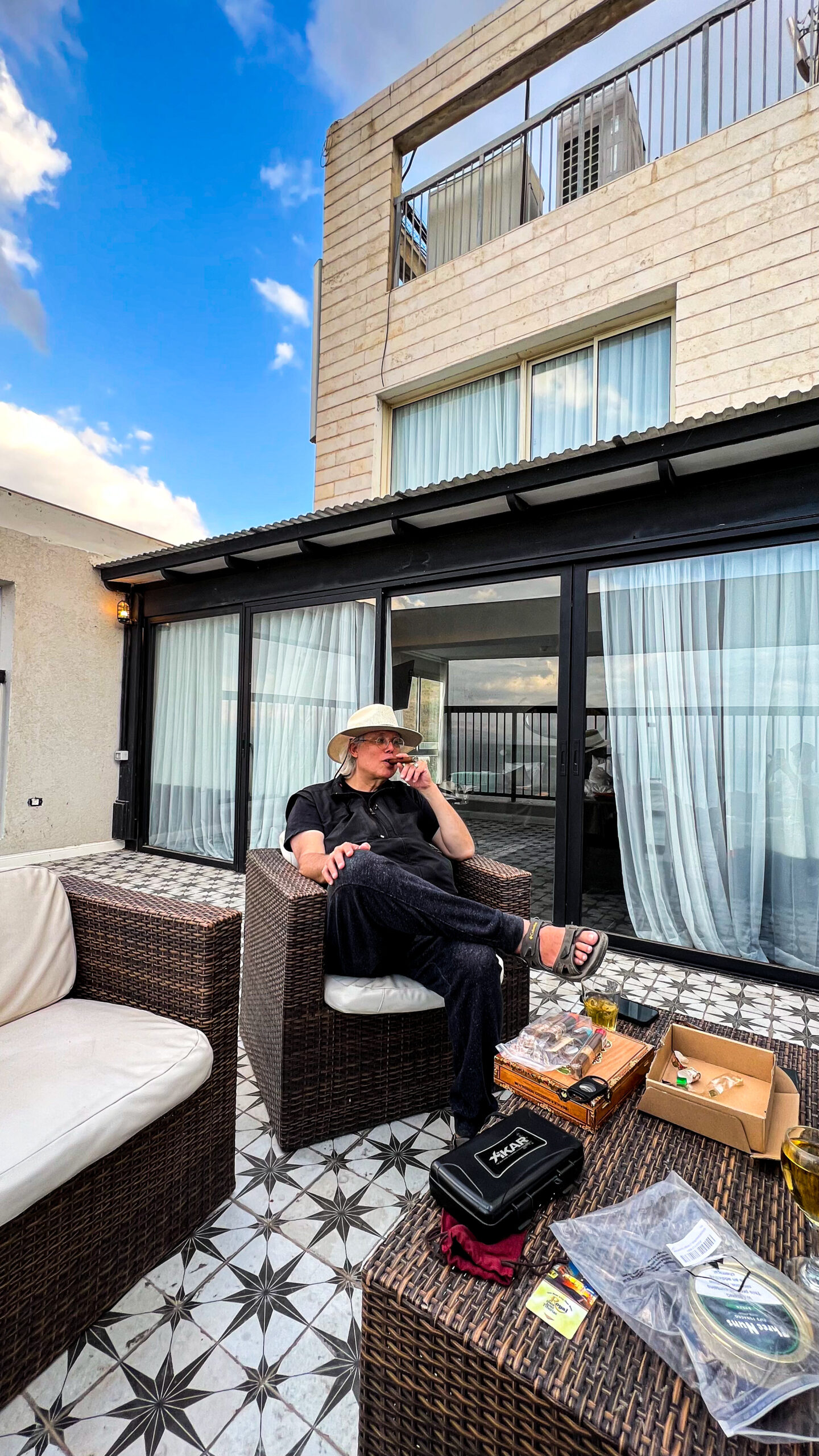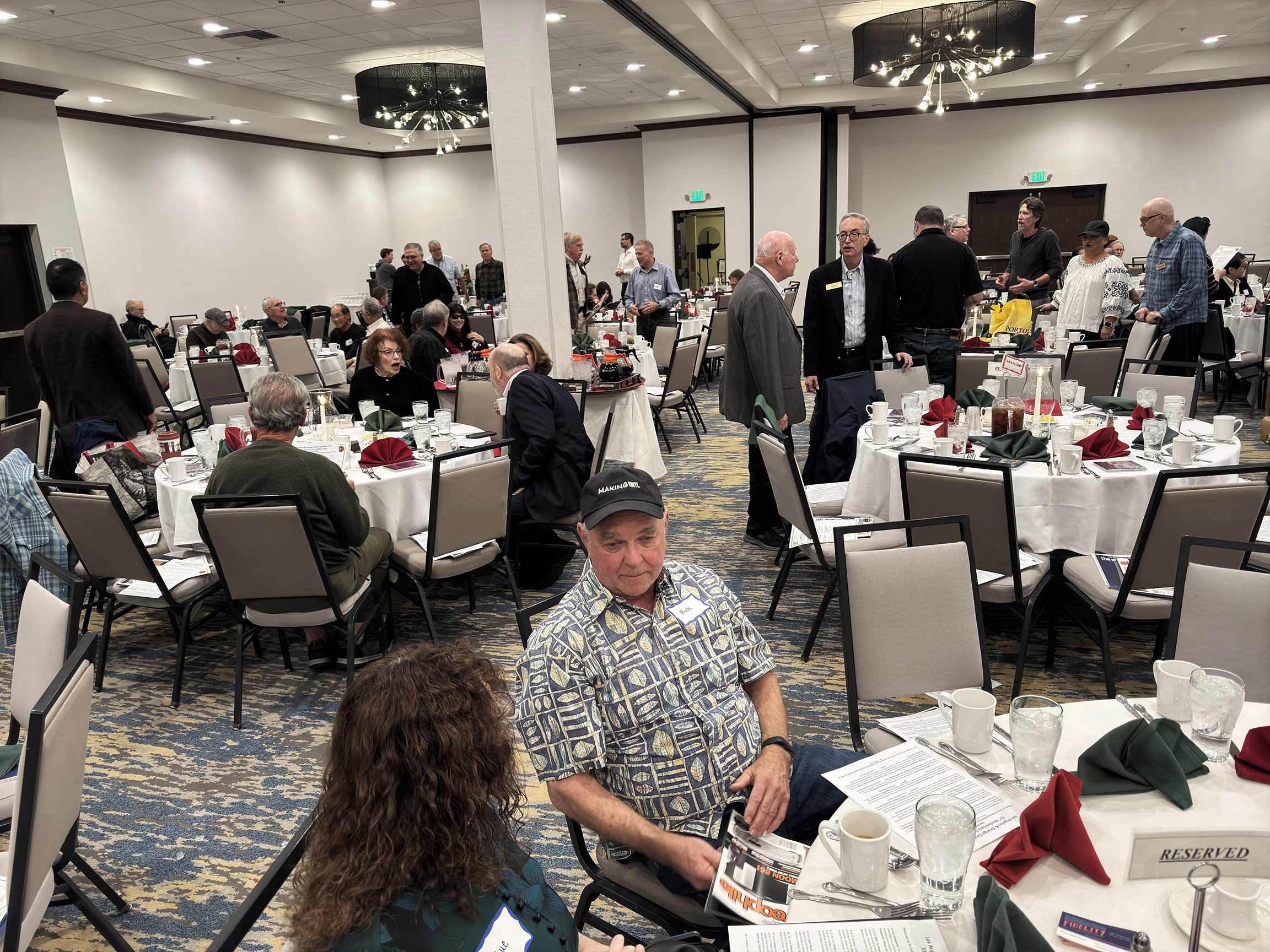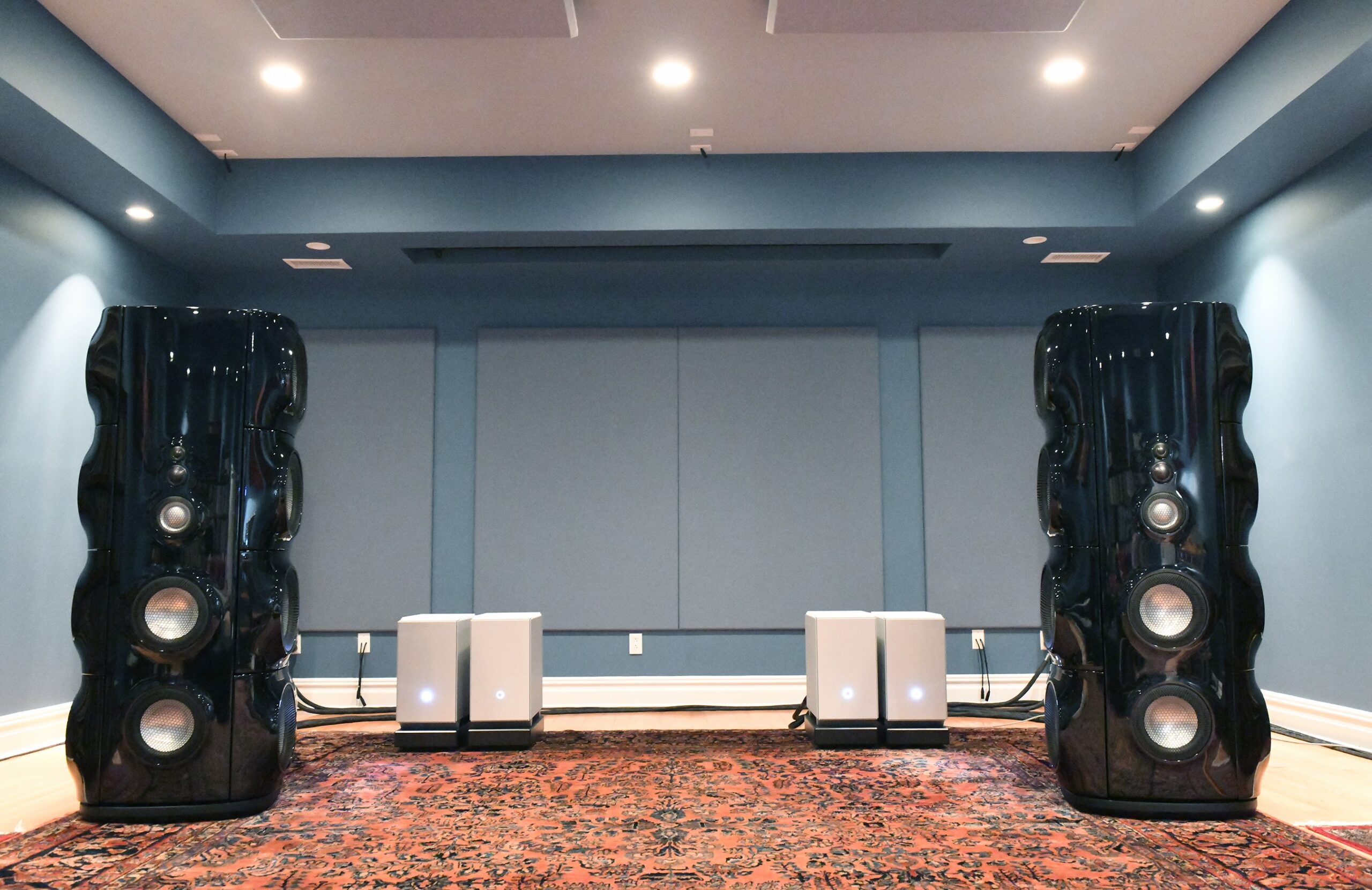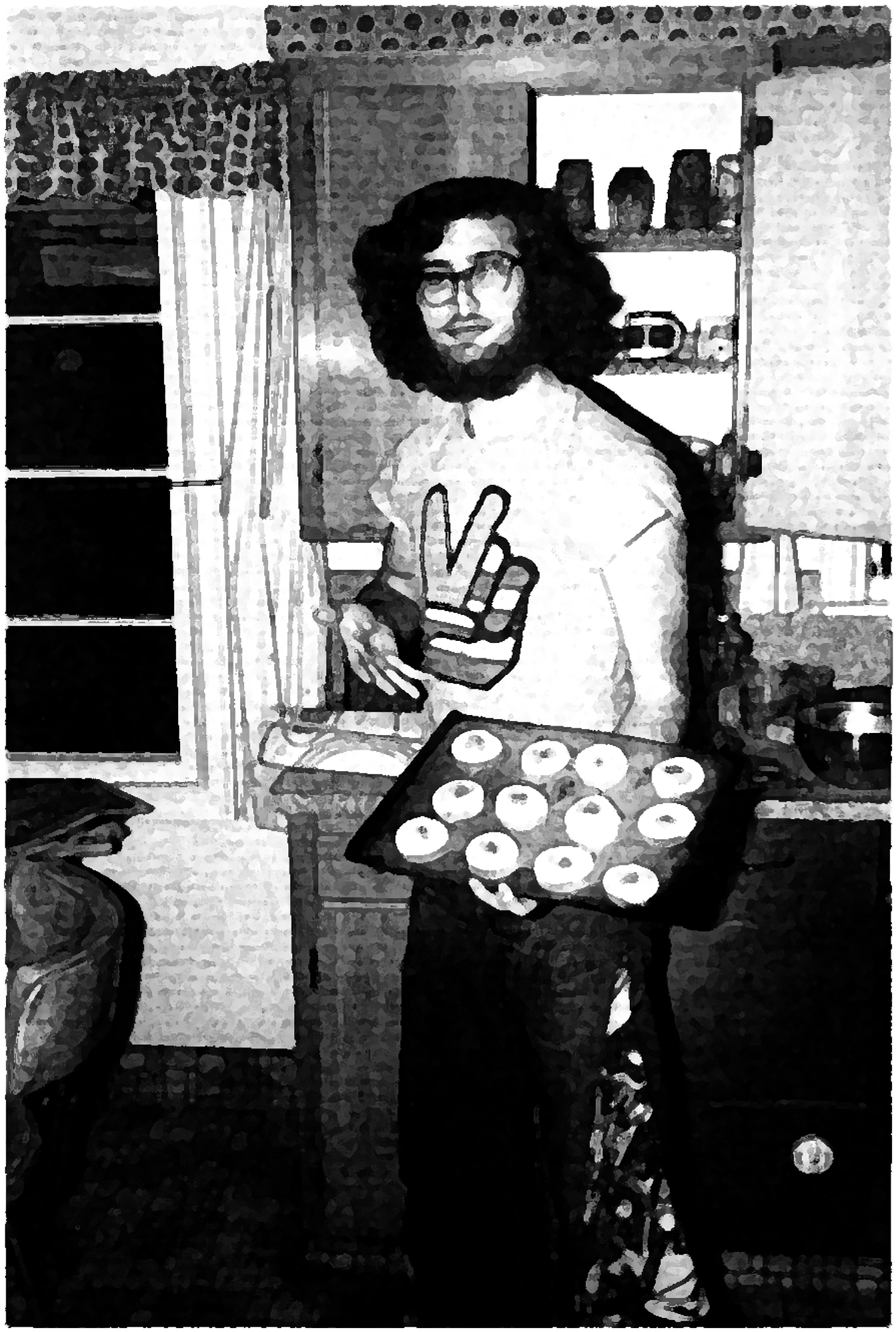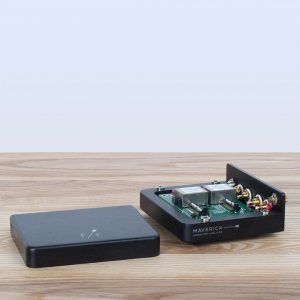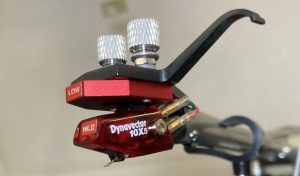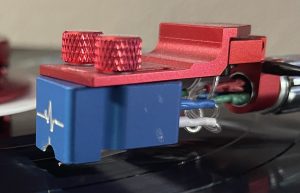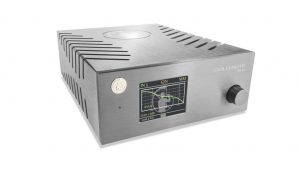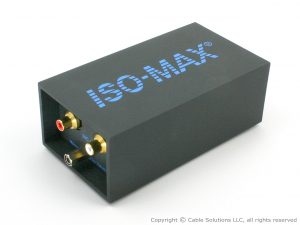Image courtesy of Pear Audio Blue
Damnation. Time is sand through the fingers, crap through the goose. Projects pile up, deadlines come and go, and the best intentions of rodents and humans crash and burn.
Turntables. Tonearms. Cartridges. LPs. Reissues. New record companies. New pressing plants. A glory of riches, getting better and better over the past ten years or so, without a doubt. In fact, there is so much magic in our turntables and LPs that the number of players in the turntable game has grown to the point that it's hard to keep track of them all. It's a constant project to keep turntable/tonearm/cartridge reviews in rotation and on track.
But, sometimes…what can I say?...you just fall behind. Which is what happened with my comments on the Pear Audio Blue Kid Thomas turntable, their top-of-the-line, and their best tonearm, the Cornet 2. These had come to my attention back in 2016-2017. The point of contact was my good audiobud Michael Vamos, head of Audio Skies, an audio distributor in southern California. As part of my appraisal of the glorious GamuT reference system, which I reviewed back in Issue 92 HERE, Michael asked me to take the time to evaluate a turntable system. I have to be honest; I wasn't really sure that I wanted to do it. The GamuT reference system alone would be a load, and I already had three reference-level turntables in the room. As I noted in my GamuT review:
"Additionally, Michael also sent a turntable system for trial with the GamuT system. It would be the Pear Audio Blue Kid Thomas TT with its special dedicated power supply and phono amp, Cornet 2 tonearm, and Ortofon Cadenza Black MC cartridge. I have to admit that I wasn't entirely enthusiastic about doing another turntable system at that moment, since we already had no less than three reference-grade turntables in the listening room here (Walker Audio's Proscenium Black Diamond Level V; Wave Kinetics NVS; and the KRONOS Pro LE, Standard Power Supply edition), and was finishing up reviews of both the NVS (see Issue 87) and the KRONOS Pro LE Standard edition (see elsewhere in Issue 90). Not that I wasn't interested…but space is space, time is time, and my four-dimensional grid was maxxing out.
I had to look at our Stillpoints ESS Racks carefully, and make some rearrangements, before I decided that we could (just) squeeze everything in. Michael had been so pleasantly insistent that I try the Pear Audio Blue kit that I decided to give it a go. As it turned out, I'm glad that I did so. ."
And now for it: the overdue redemption of my promise to reflect upon my time with the Pear Audio Blue turntable system.
Turntable cast:
- Pear Audio Blue - Kid Thomas turntable with 10" Cornet 2 tonearm
- Pear Audio Blue - external power supply
- Pear Audio Blue - Reference phono stage
- Ortofon Cadenza Black MC cartridge
But Michael, a close audiobud (anyone who re-introduces me to the music of Talk, Talk is cool with me), is a very patient person. And he's hung in there with my delays on this one for months. So now it's payoff time.
General Notes
The Kid Thomas turntable is the king of the Pear Audio Blue line. It has an interesting history, and a rather unique profile, one that takes a bit of research to grasp. But the story is intriguing.
First of all, Peter Mezak, the head honcho at Pear Audio Blue, and a long-time designer in his own right, is quite clear that the ancestry of the Kid Thomas et al. line goes back to a very powerful influence in his audio life: Tom Fletcher of Nottingham Analogue and Fletcher Audio. Fletcher is no longer with us, having passed away in 2010, but his ideas live on in the Pear Audio Blue line.
Mezak certainly has a history in audio. Pear Audio Blue notes that "Peter Mezek is a passionate music lover, who's been professionally involved with music, hi-fi equipment and turntables for nearly 40 years. Analogue turntables were always his passion, whether it was the famous Linn LP-12, which Peter distributed until the late 80s, or Well Tempered turntables, which he also distributed for many years.
In 1985, Peter developed his own first product, Rational Audio TT, designed by Jiri Janda, with a parallel tracking tonearm, which received a lot of attention and got very enthusiastic reviews. The turntable was built in Czechoslovakia exclusively for Peter's company and featured many interesting and innovative technical solutions.
Since the 80s, Peter Mezek have handled literally thousands of turntables from top manufacturers, discovering the secrets behind the designs and hearing how minute improvements, or tiny tweaks, might improve the performance of a turntable."
But the powerful effects of Tom Fletcher are given recognition. According to the Pear Audio Blue site, "…it was Tom Fletcher and his approach to turntable design that most influenced Peter. On Tom Fletcher's turntables, Peter discovered previously unheard layers in the music, which no other deck could reveal, and with such amazing musicality and realism.
When Well Tempered was sold to new owners and spare parts became unavailable, Tom Fletcher stepped in to help Peter. Tom Fletcher designed and built a turntable for Peter, and thus Pear Audio Blue was born. At that time, it was still produced at the old Nottingham Analogue factory. Working closely together for many years, Tom Fletcher shared his design secrets and technology with Peter. Before Tom died, he passed the torch to Peter so that Tom Fletcher's design ideas and ideology would continue.
The latest generation of Pear Audio Blue, designed by Tom Fletcher, is the triumphant culmination of Tom's continuing development of turntables and tonearms. Each model is hand-built, one-by-one, by Peter Mezek in Slovenia and undergoes extensive quality control before leaving his artisan shop."
All of this flows from the powerful connection between Peter Mezek and Tom Fletcher. Michael Vamos was at pains to make this quite clear: The Pear Audio Blue products rest upon the design legacy of Fletcher's Nottingham Analogue. In fact, he went so far as to say that Pear Audio Blue products like the Kid Thomas and Cornet 2 are the only authentic new Tom Fletcher/Nottingham Analogue designs. Fletcher designed both the turntables and the tonearms featured by Pear Audio Blue. The continuing production of his designs by Pear Audio Blue were authorized by Fletcher in writing in a letter to his close friend Mezek before he passed away. In fact, even the turntable names reflect the close relationship between these two. Michael wrote that "Tom Fletcher and Peter Mezek often listened to New Orleans jazz together, so each turntable is named after famous New Orleans jazz musicians."
So the Pear Audio Blue line of products can and should be considered to be the ongoing legacy of Tom Fletcher, being the heirs of Nottingham Analogue, and the only "new" designs carrying out his philosophical framework for turntables.
Image courtesy of Pear Audio Blue
Natural materials are at the heart of the Kid Thomas. The plinth is wood, honestly finished in a non-gloss stain. According to Michael, "Pear Audio Blue features an essential parameter in turntable design: matching materials able to control resonance naturally and that are sonically in phase. Components are selected to work perfectly together, making the whole more than the sum of its parts – creating a turntable in sonic harmony." The idea is to use natural materials, not space-age ones, in a trim and harmonic package to act as a foundation for an organic presentation of the music. The effect is human-scaled, not overbearing; humane, and not over-much.
Michael Vamos preparing to setup the Cornet 2 tonearm on the Kid Thomas plinth. You can see the U-shaped cutout for the drive motor in the foreground section.
Speaking of bearings, Michael tells me that Peter Mezak and company continue to focus on this key element in turntable design. "Special attention has been placed on a new bearing development along with a new and improved plinth. An improved motor arrangement and a different platter were implemented along with other improvements to achieve superior organic sound quality." Michael was quite emphatic about the result of such design-and-execution efforts by Pear Audio Blue. "The perfect marriage of materials results in astonishing realism, tonal quality and balance, with a realistic and deep 3D soundstage. You'll be able to hear an astonishing, near-live performance of your favorite musicians."
Furthermore, he noted that the Kid Thomas featured "Double-layer solid wood plinth, a 2.5-inch-thick platter, a separate massive motor housing, and an ultra-low torque motor, reducing energy transfer to the platter by over 90% for dead silent playback. All materials - from tiniest screw to bearing material - are all in phase to produce perfect timing and flow." That's a lot of attention to detail in a relatively compact and apparently modest package. The idea is to embed synergy in the design, and in the materials used. Everything helps everything else; the result is greater than the mere sum of the parts. In turntable production, I think that most designers would agree with the idea, but there is a radical divergence in how to go about this. Some turntables are daunting propositions, and quite complex. The Kid Thomas is at the simple-and-straightforward end of the spectrum.
Would it prove out?
Knowing Michael as I do, I was sure that it would. The quality of his work with GamuT had already convinced me that we both loved music and fine audio in much the same way, and that we had a similar feel for the organic and harmonic in the reproduction of recordings. His tastes are quite simpatico, which made it easier to accept the project.
Because sometimes I say no.
More details…
The Kid Thomas is in the category of a belt-driven turntable, supporting 33.3 and 45 RPM with a two-position pulley that is manually configured to switch speeds. This is done by changing the drive belt from one channel on the motor pulley to the other. The motor itself sits in a U-shaped cutout in the all-wood handcrafted plinth, on the opposite side from the tonearm (see the photograph above). This has the advantage of all separate motor pod designs in removing vibration transmission that might occur from a plinth-mounted approach. Of course, this also means that one has to be quite careful about accidentally bumping the motor, since that will affect the accuracy of the drive. (Just ask the man who knows. Don't ask.) A plinth-mounted motor is stable and cannot be knocked out of relationship with its platter. That's the trade-off: vibration control/transmission vs. proper alignment of motor pod-to-platter.
Speaking of motors, of particular interest was the Kid Thomas motor. A really important element of Tom Fletcher's design philosophy from Nottingham Analogue forward was the notion of an extremely low torque platter-pusher. In fact, I've never seen a TT motor that was this low-torque. Fletcher believed, and Mezak concurred, that it was essential to reduce torque in order to minimize cogging and other anomalies in the drive force applied to the platter. If you're running a belt-driven system, this makes sense…run silent, run deep, y'all…but I had never seen such a mellow platter pusher.
No kidding. You actually leave the turntable powered on all the time…no off switch…but it won't be spinning. You have to manually spin up the platter and LP to get it turning, and then brake the spinning with your hands after you lift the tonearm at the end of a record. The motor remains live, for hours or days, until you've placed another LP and spin it up again.
And that, chilluns, is low torque.
Michael Vamos adjusting the Ortofon Cadenza Black MC on the Cornet 2 tonearm.
The tonearm used in this project was Pear Audio Blue's reference model, the 10" Cornet 2. It was designed by Tom Fletcher, and continues to be produced by Pear Audio Blue as the big brother of the line.
Michael was very high on this model. The Cornet 2, as he described it to me, is a "10-inch unipivot tonearm, which employs a unique design, with two parallel bars that limit vertical movement and offers amazing stability and azimuth accuracy. A hi-tech carbon-fibre tube is employed, with fibres along the length, and not wrapped around the arm, greatly increasing the strength, resonance control, and rigidity of the arm.
Cornet arms also have an unusual new headshell design. Meticulous attention to the material went in to the development, producing an arm more sonically in-phase, while also eliminating unwanted resonances around the tonearm headshell."
Image courtesy of Pear Audio Blue
The Cornet 2's specifications:
- Distance from Tone arm center to spindle: 222 mm
- Effective mass: 12.50 grams
- Arm's length: 29.50 mm
- Tonearm effective length: 239 mm
Michael Vamos preparing to insert the Cornet 2 tonearm into the Kid Thomas turntable
Truth: At a price of about $2000, this is just about the least expensive tonearm that I've ever had in my listening room. That doesn't mean that it's a poor performer, of course. It turns out that the Cornet 2 fit right in to the sound of the rest of the Kid Thomas system. This is no surprise, of course, since Fletcher designed them both.
The Pear Audio Blue reference phono preamp (top) and dedicated power supply (bottom) (image courtesy of Pear Audio Blue)
Michael wasn't finished, though. He intended to show off the very best that Pear Audio Blue has in things analogue. The two-box reference phono preamp, fed by a custom step-up transformer hand-built by Benno Meldgaard of GamuT (not yet available to the general public) was intended to take the output of their chosen Ortofon Cadenza Black MC and turn it into a first-rate signal for the GamuT reference preamp downstream.
The Pear Audio Blue External Power Supply for the Kid Thomas (image courtesy of Pear Audio Blue)
If you want to avoid dealing with the drive belt on the pulley to switch speeds, you can purchase the optional external power supply. Michael Vamos notes, "…if people buy the external power supply, they no longer have to switch the belt manually on the pulley. It stays on 33 RPM pulley the whole time." You use the speed buttons to designate the proper RPMs, or "0" to turn off the power to the motor. He goes on to say that the display "…shows you 33 or 45. The biggest benefit is, of course, that the flow and timing on the turntable is absolutely perfect regardless of how bad your wiring is, and despite any spikes from the electricity company." Those are major benefits, and would close the deal on purchasing the external power supply if I were making the decision.
In other words, I don't think that this "option" is optional.
The Pear Audio Blue Phono Stage (image courtesy of the manufacturer)
The Pear Audio Blue Phono Stage has the following features:
- Shortest possible circuit paths
- High quality valves
- Point-to-point wiring
- Matched components
- Hand-Built
- Low noise floor
- High quality connectors
- Large Toroidal transformers
And all of this in a handsome chassis with a wood face.
During preparation for the installation of the Kid Thomas into the Stillpoints ESS Rack #1
Thereafter, Michael completed the installation of the rest of the GamuT reference system, which was quite the herculean task, aided by our professional movers from Priestly and Sons to do the heavy lifting. (Thanks, gents!)
For the record, it was a splendid system:
The GamuT Zodiacs and M250i monoblocks in place: real reference quality
Michael Vamos with the GamuT D3i reference preamplifier
Once Michael had completed all of this, we began to listen…
The Sound
As mentioned above, the rest of the system at the time that the Kid Thomas was installed was the 2016 Brutus Award-winning GamuT reference system, with their D3i Dual Mono Preamp, a pair of their M250i Monoblock Amps, their Zodiac Loudspeakers, and their reference quad-wire loudspeaker cables. I have covered this in detail; for my comments and some photographs, see my GamuT reference system review HERE. Completely killer sound…couldn't be a better system for hearing what the ear Audio Blue Kid Thomas turntable system could do.
At the time the Kid Thomas began to do what it does, it was the fourth turntable in my listening room. (I'll not be doing that again.) It just squeezed into the Stillpoints ESS Rack #1, with some very careful tucking by Michael and myself. As a result, cueing up LPs was a bit of a trick, but we got the hang of it.
From the very beginning, the larger audio context of what I called the "organic synergy" of the GamuT reference system brought the Kid Thomas/Cornet 2 setup into a strong embrace. The stated design goal of the Kid Thomas to have all of its parts and pieces fit together into a supple, musical whole was highlighted by GamuT's like-minded purpose. As I had put it in my comments on the GamuT system in its Brutus Award, "The sound of GamuT Audio is intensely organic, by which I mean rich, harmonically integrated in a seamless way, extremely musical, reaching the soul without making you feel like the music is colored or euphonic in a negative way."
I could say exactly the same thing about the Pear Audio Blue turntable that we had there. That's really the essence of the performance of the Kid Thomas, no matter what LP was spinning on it. Jazz, classical, rock, alternative…all had a remarkable sense of presence and rightness, right out to the limits of the production values associated with each album. This was pretty surprising to me, and I had to recalibrate my expectations. The Kid Thomas doesn't overwhelm you with glitz, glitter, audio porn, or shiny much-of-anything. It's a compact, direct table that sneaks up on you, and then sucker-punches you while you aren't looking.
Smooth sound, but not lacking detail; clearly the Ortofon Cadenza Black mates well with the rest of the package. I've had a lot of experience with Ortofon over the years; the Cadenza Black was definitely junior to other models that I've heard (A90, A95, and the Anna), but it acquitted itself with the virtues that the Ortofons show: detail, transparency, great dynamics, and excellent tonal balance. The bass was clean and tight, but not overly so. All tonalities felt right, and the midrange was spot on, well balanced with the neighbors on the floors above and below. There was no hint of deadly analytical elements…quite the contrary. As with the GamuT reference gear, with which it synergized so very well, the sense of flow was very fine, and the soundstaging/imaging were quite satisfactory. No, the Kid Thomas system was not state-of-the-art in that regard, but certainly no slouch either. You'd have to spend a lot of money to outdo what the Kid Thomas system (including Phono Stage and Power Supply) was doing when it came to sonic presentation. Great stuff!
Really, I'd have to say that the Fletcher/Mezak vision of how to extract soul from our grooves, and what turntables can do when approached with this set of design assumptions, was very convincing in operation. In a room with three other absolutely first-rate turntable designs (Walker Audio Proscenium Black Diamond Level V, KRONOS Pro LE, and Wave Kinetics NVS), I never felt that the Kid Thomas wasn't a worthy alternative for those on a less exalted budget.
Far from it.
More importantly, I was never tempted to quit listening. Music just flowed from the Kid Thomas, and I was digging it. You can't ask for anything more.
Tying It Off…
Image courtesy of Pear Audio Blue
To sum up, the Pear Audio Blue Kid Thomas/Cornet 2 tonearm/Ortofon Cadenza Black with the external power supply and reference phono stage surprised and pleased me with its quiet profile, but excellent musical presentation. In the company of three absolutely brilliant big-gun turntable systems, the Kid Thomas kit calmly held its own, and made music all day long.
This is truly righteous gear, full of soul, and spilling over with musicality. If your budget for a very complete turntable system, all inclusive, is under $20,000, then you really should check out what Pear Audio Blue has accomplished with this brilliant package.
You could go the rest of your life, happy as hell, with this one.
Therefore, the Kid Thomas/Cornet 2/External Power Supply/Phono Stage/Ortofon Cadenza Black has earned a Ye Olde Editor's "Highly Recommended!"
Pear Audio Blue Kid Thomas/Cornet 2 turntable/tonearm system
Retail: $7995 (turntable, $5995; Cornet 2, $2000 when purchased with the turntable. The Cornet 2 tonearm is $2495 when purchased separately.)
Pear Audio Blue external power supply (optional)
Retail: $1995
Pear Audio Blue Reference phono stage
Retail: $4495
Ortofon Cadenza Black
Retail: $2719
Total turntable system, as evaluated: $17,204
US Distributor
Michael Vamos, GamuT USA/Audio Skies
310.975.7099
Los Angeles, CA
Photographs and image processing by David W. Robinson, unless otherwise noted.





